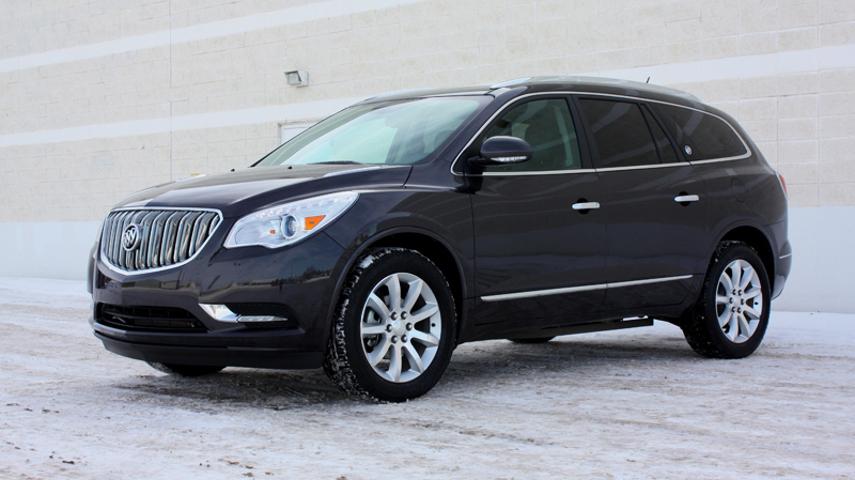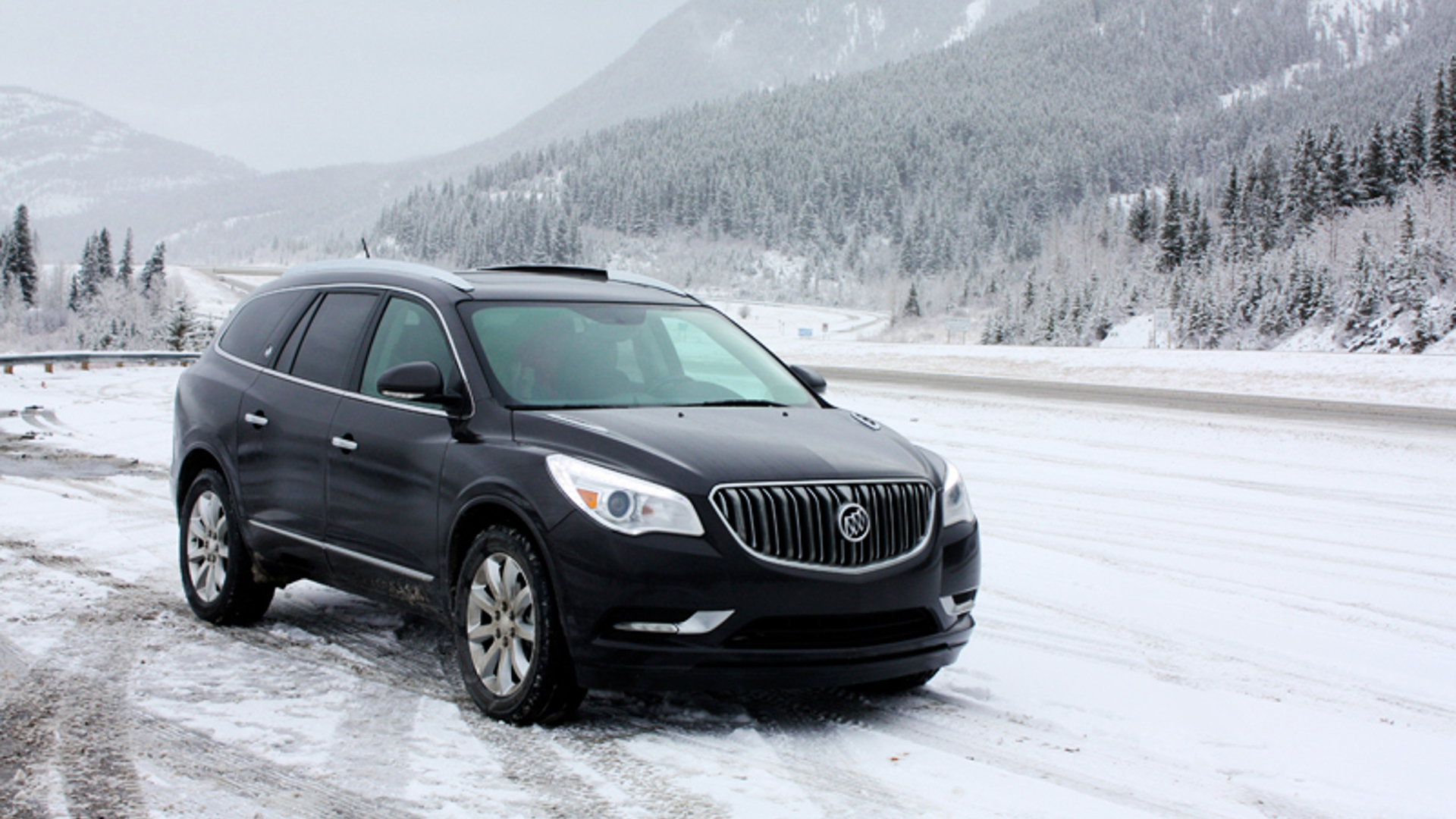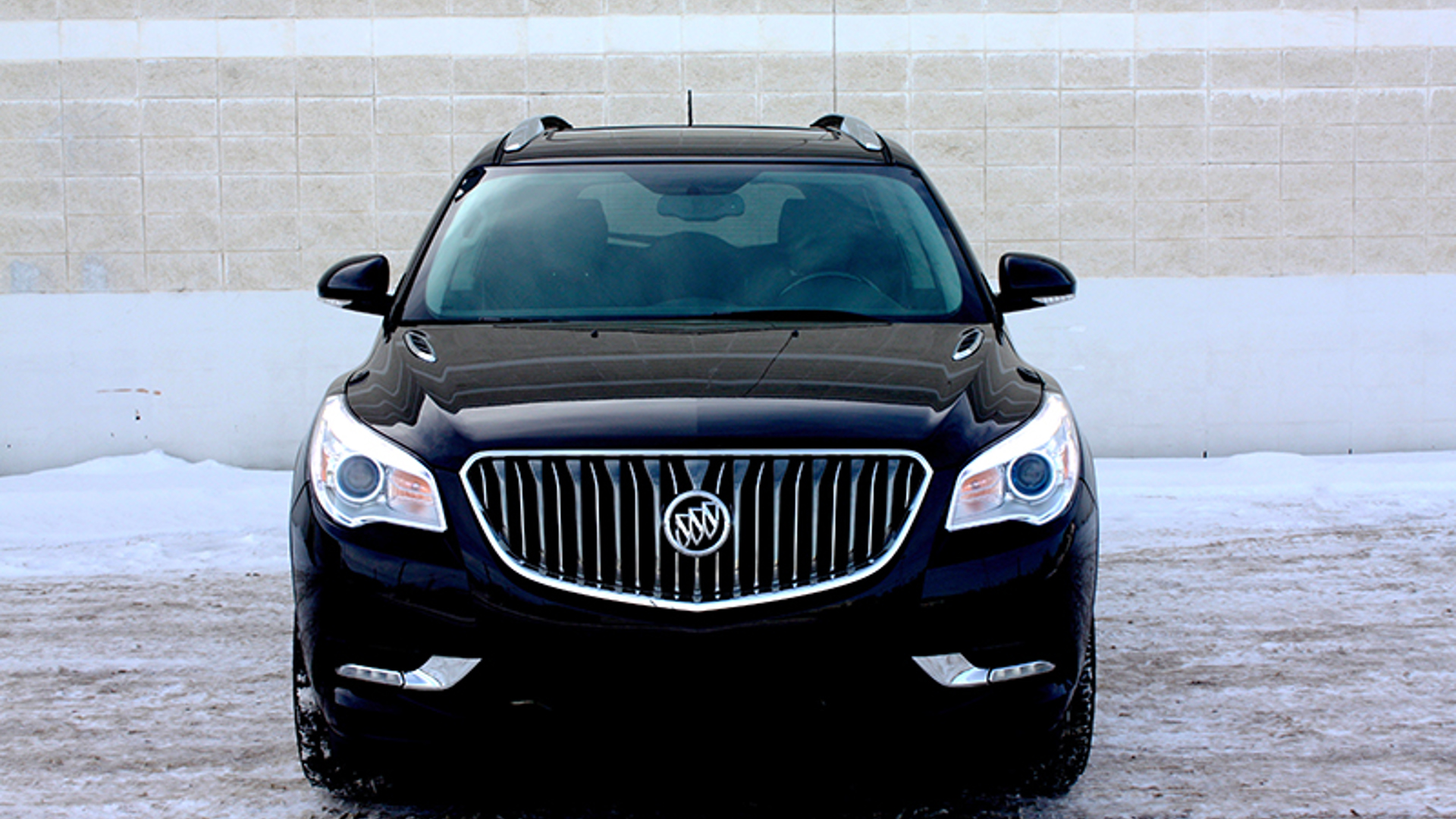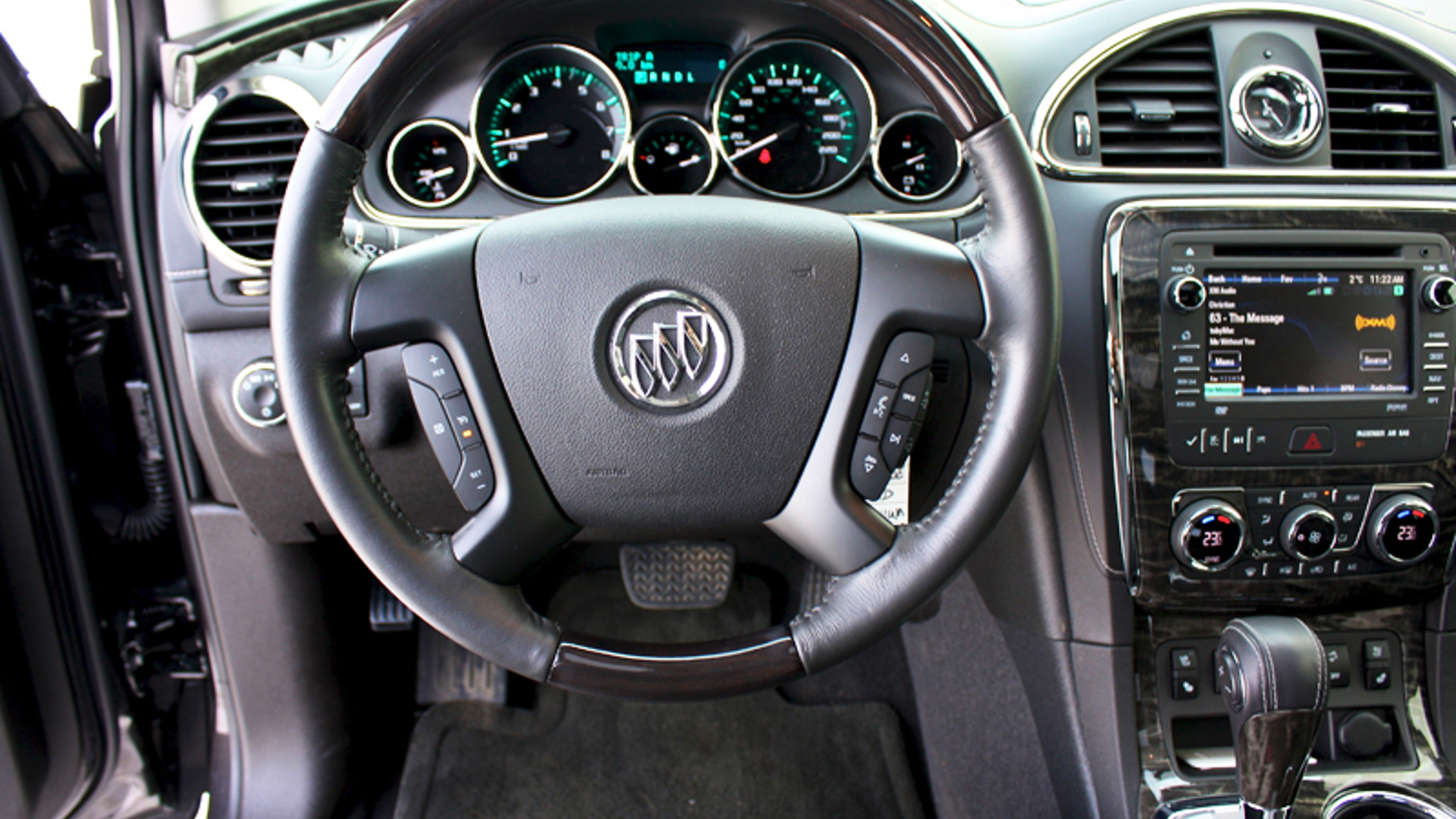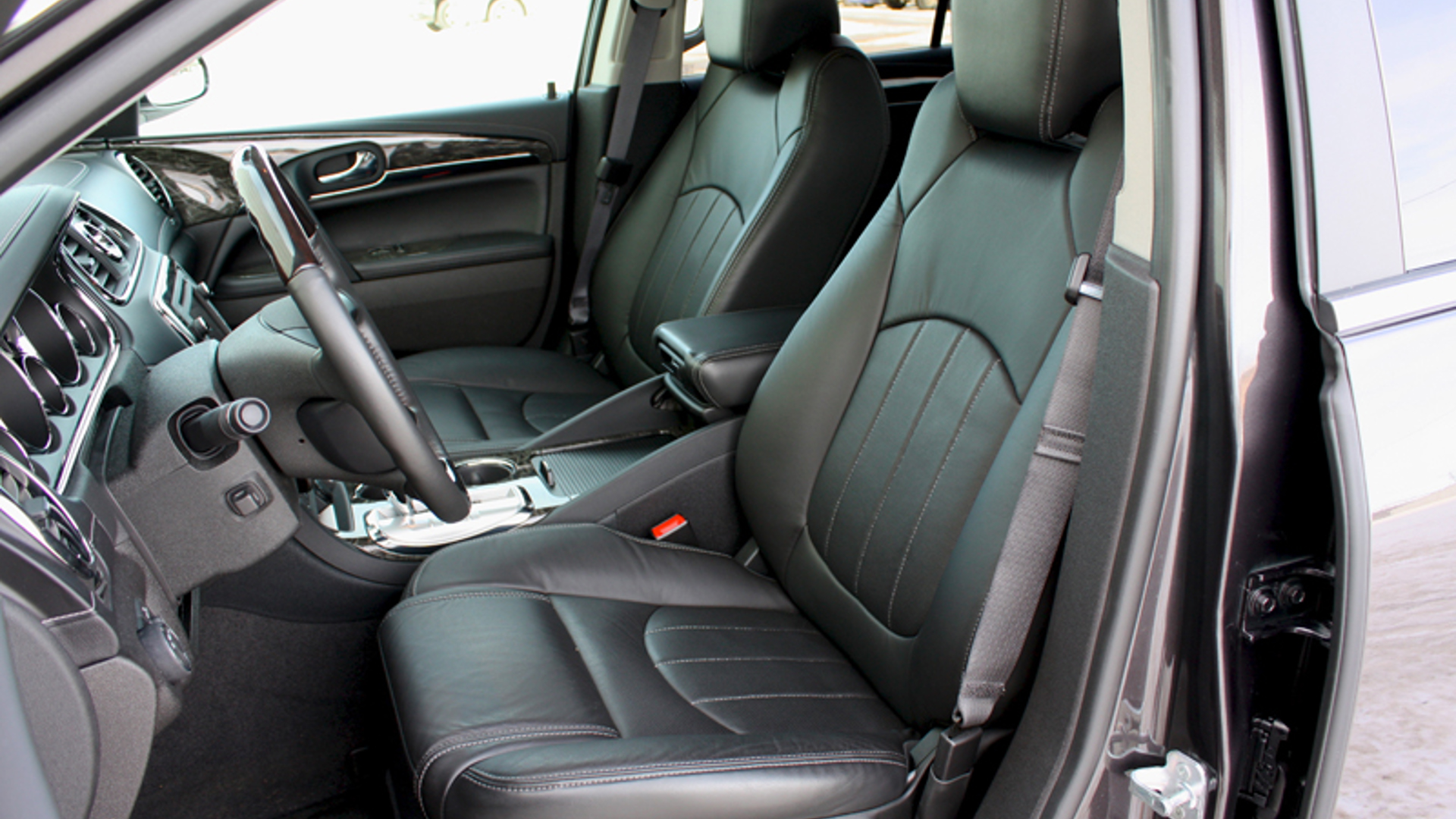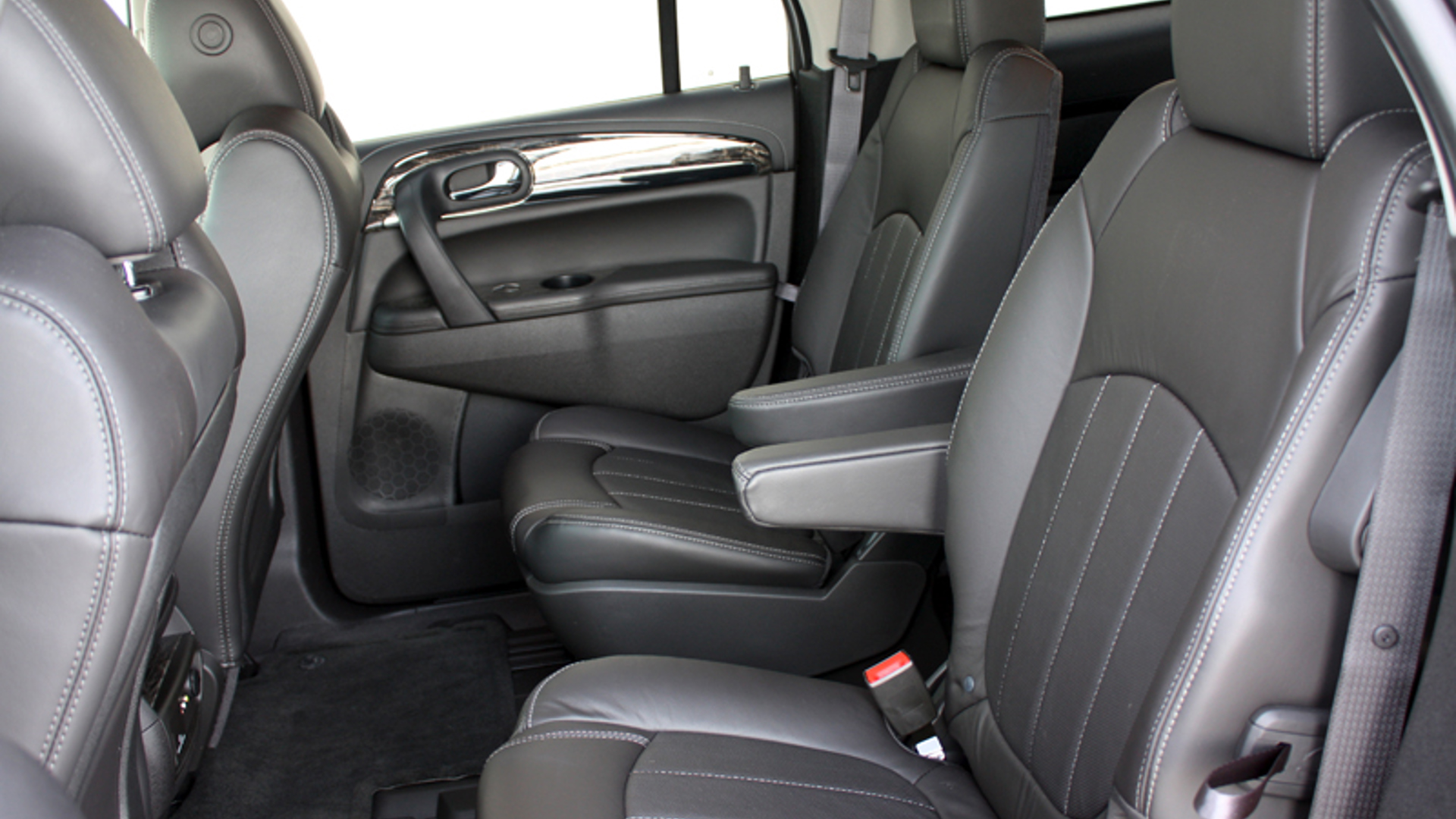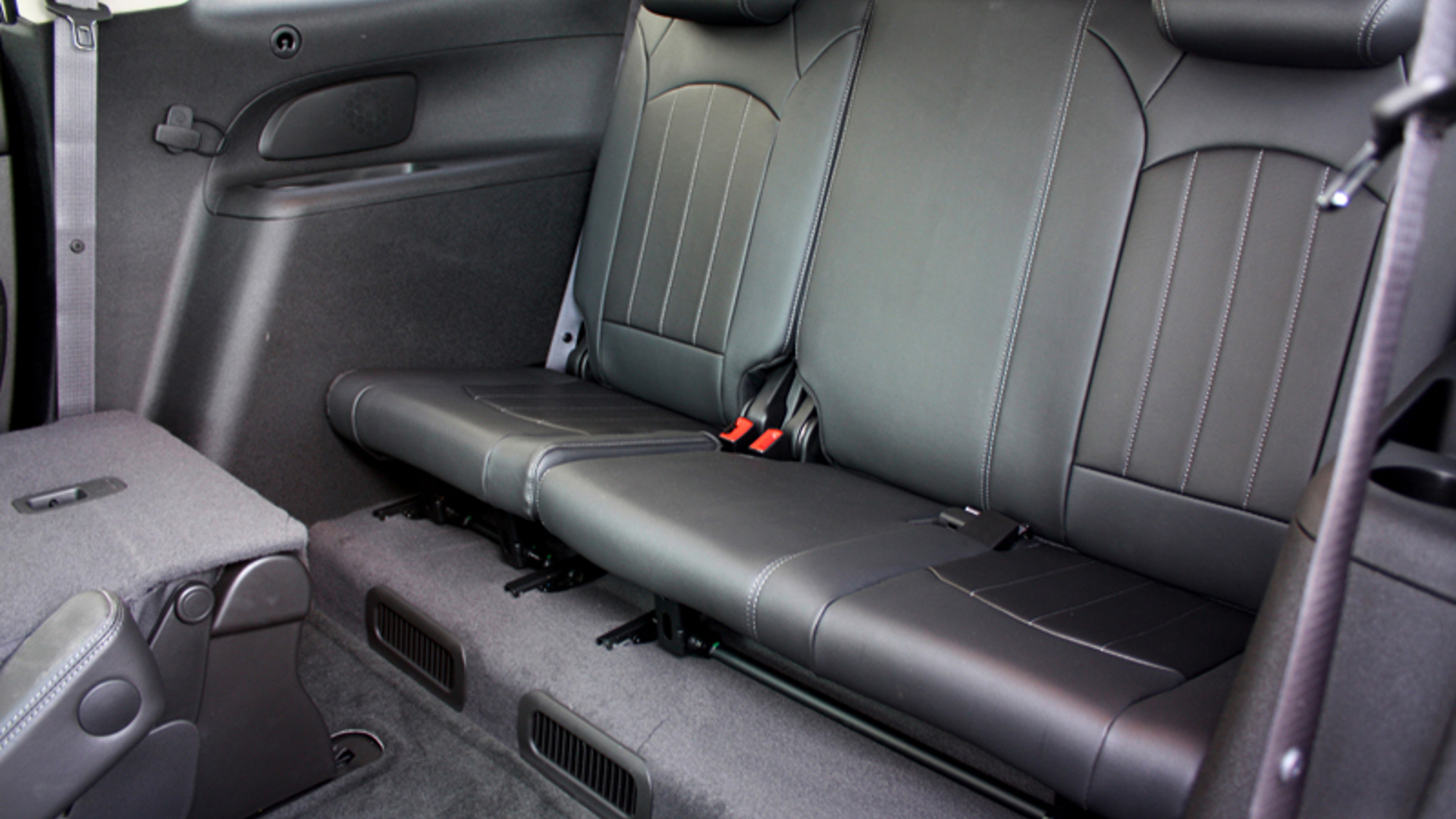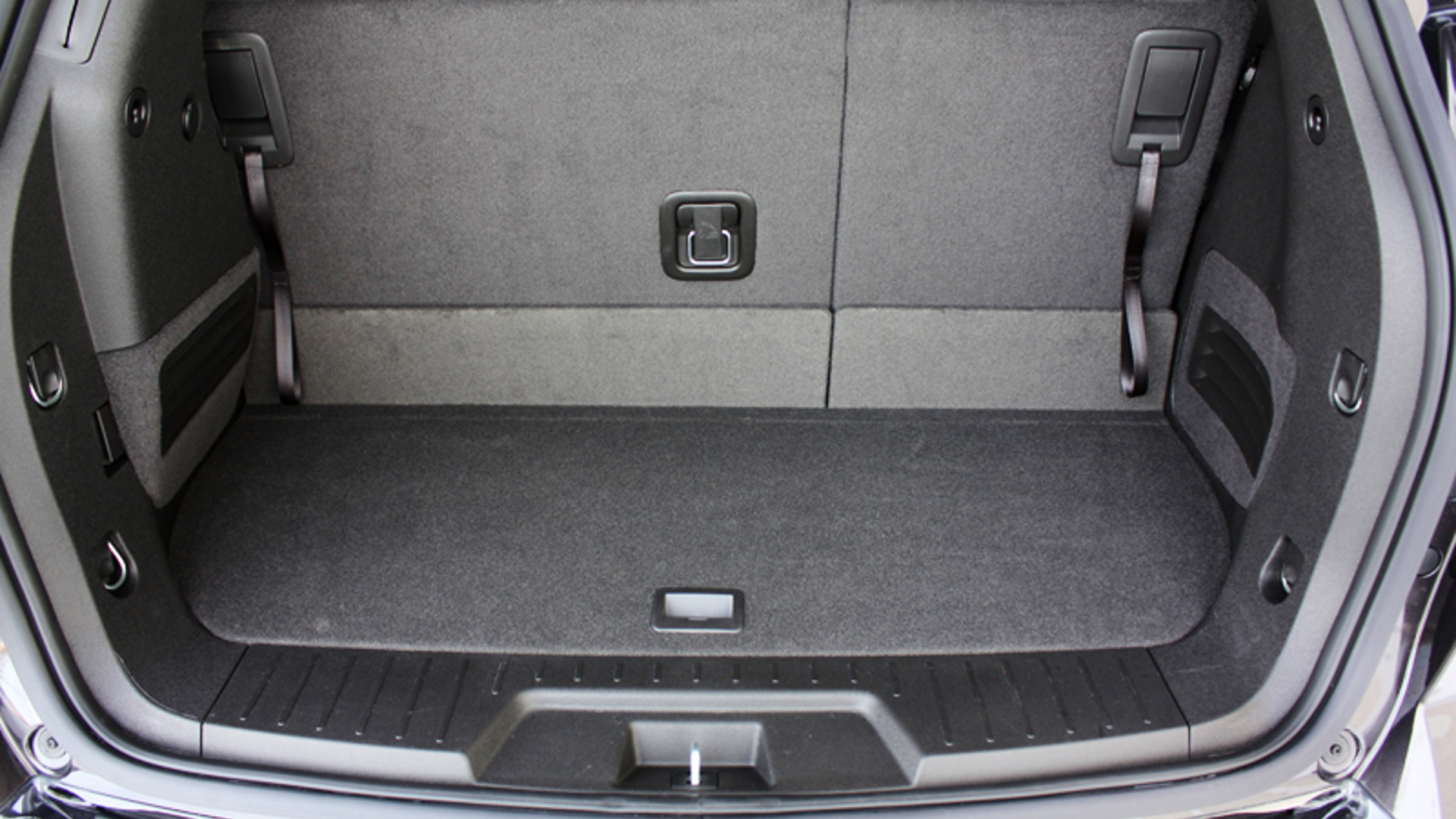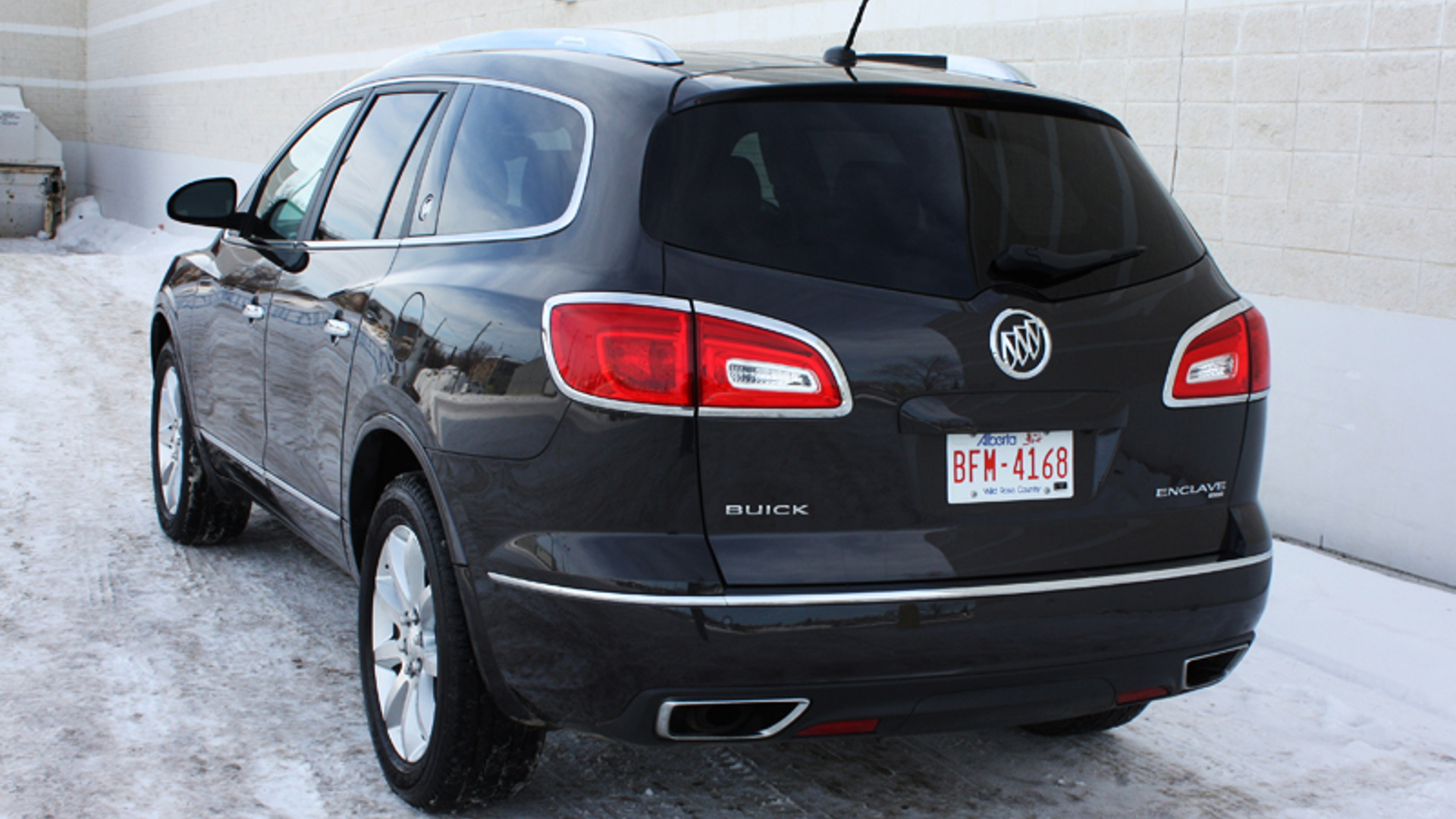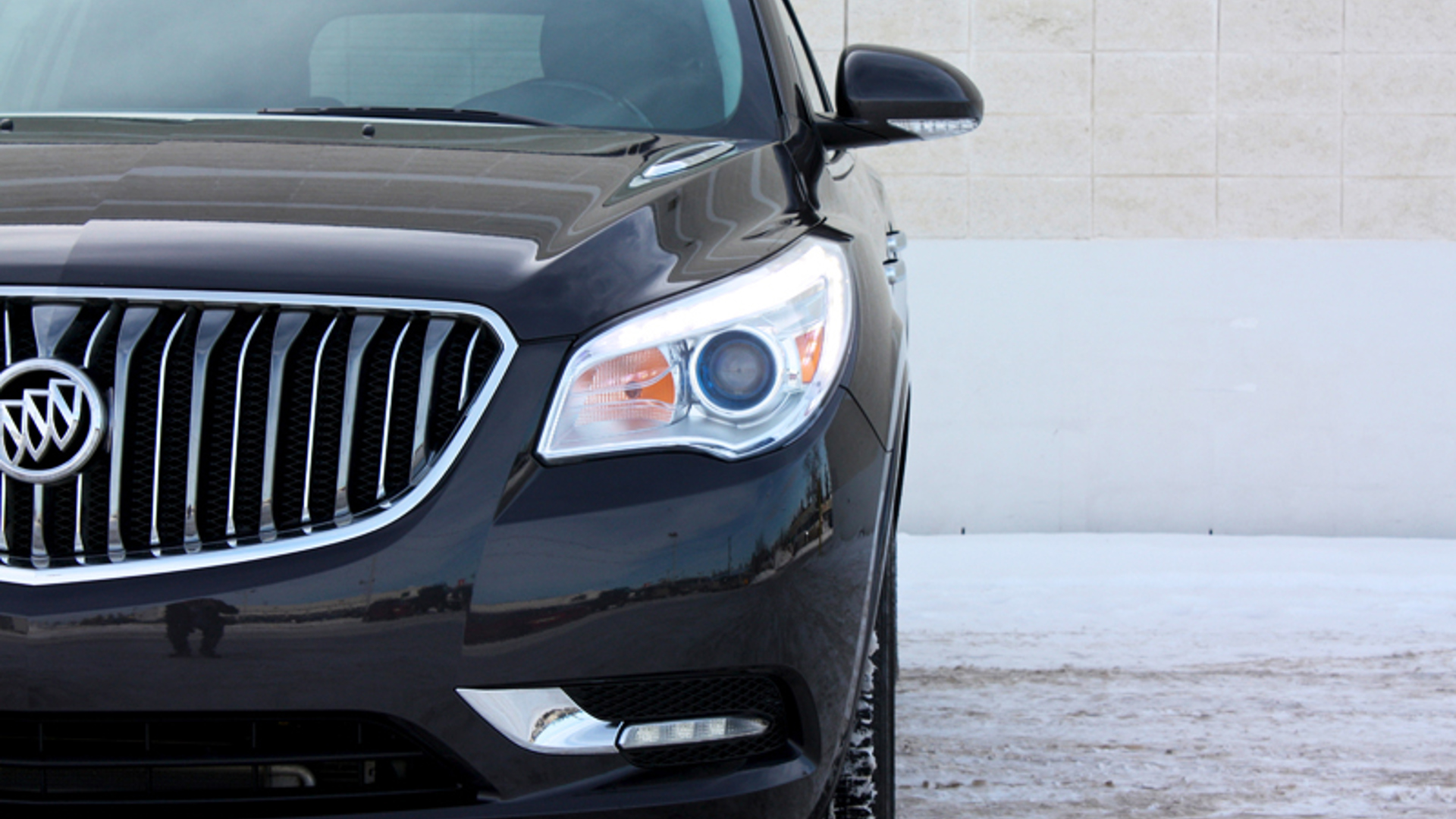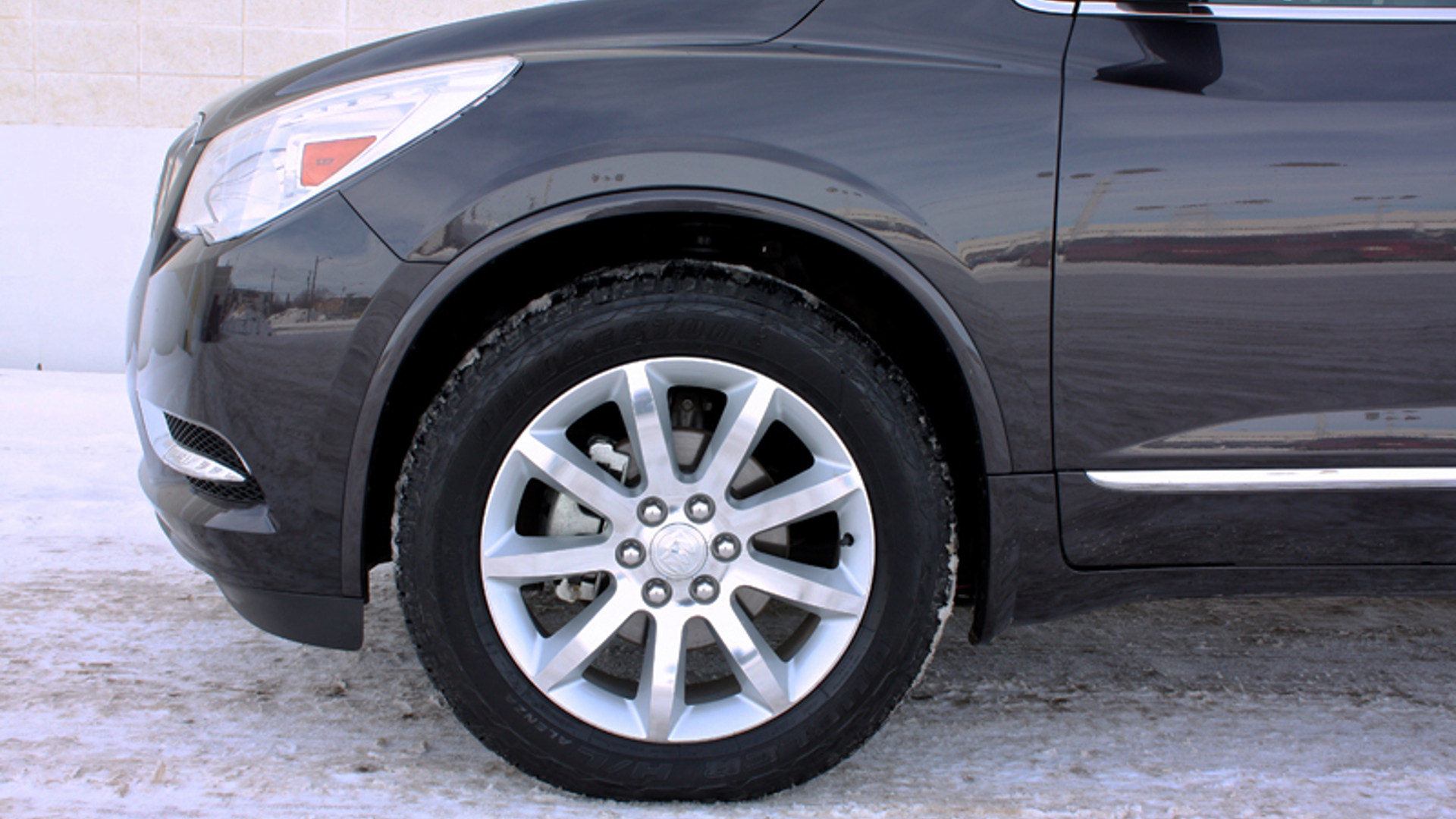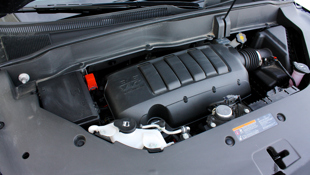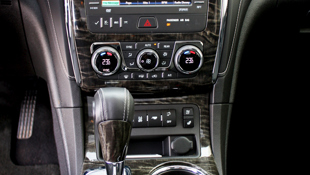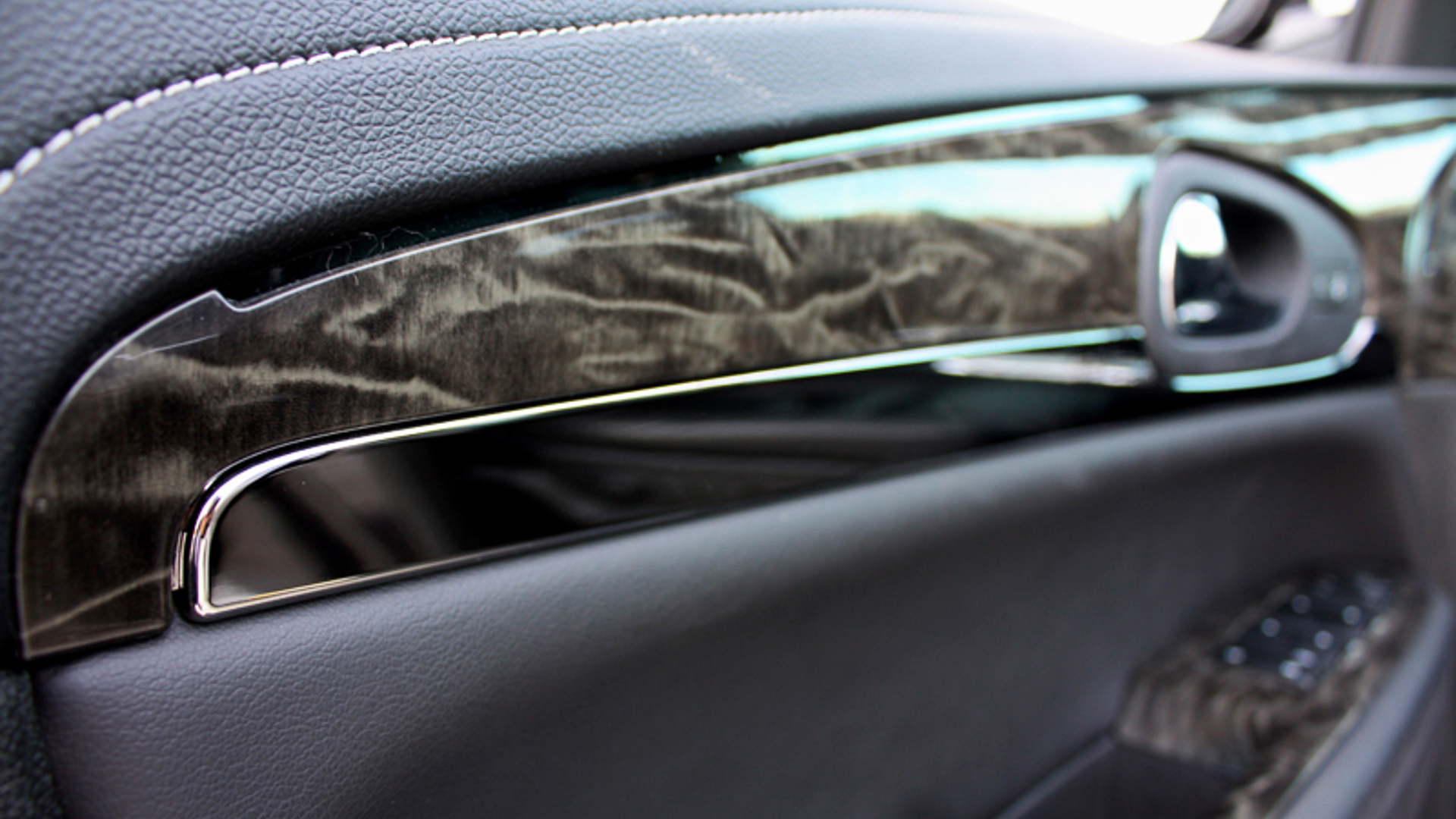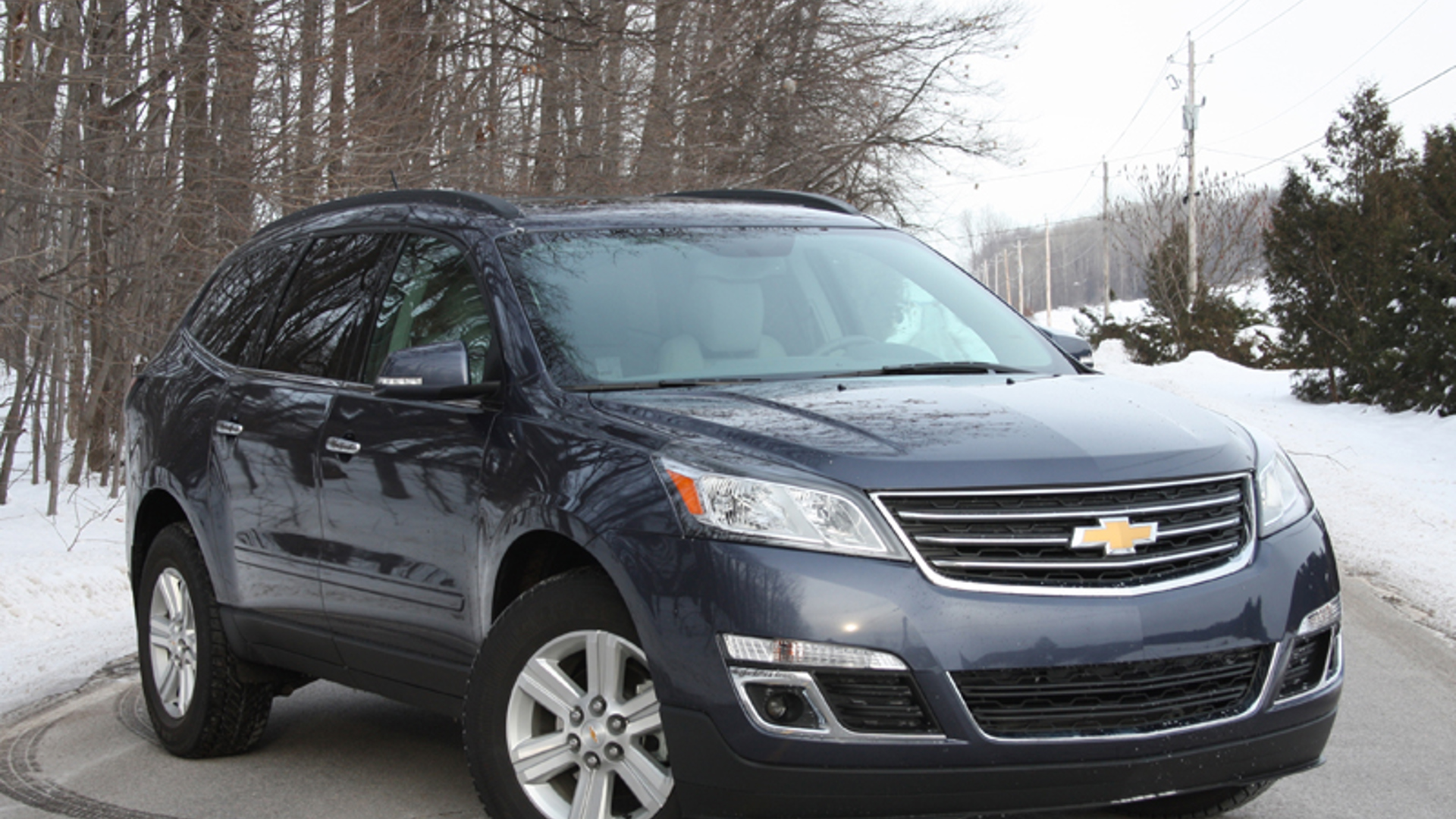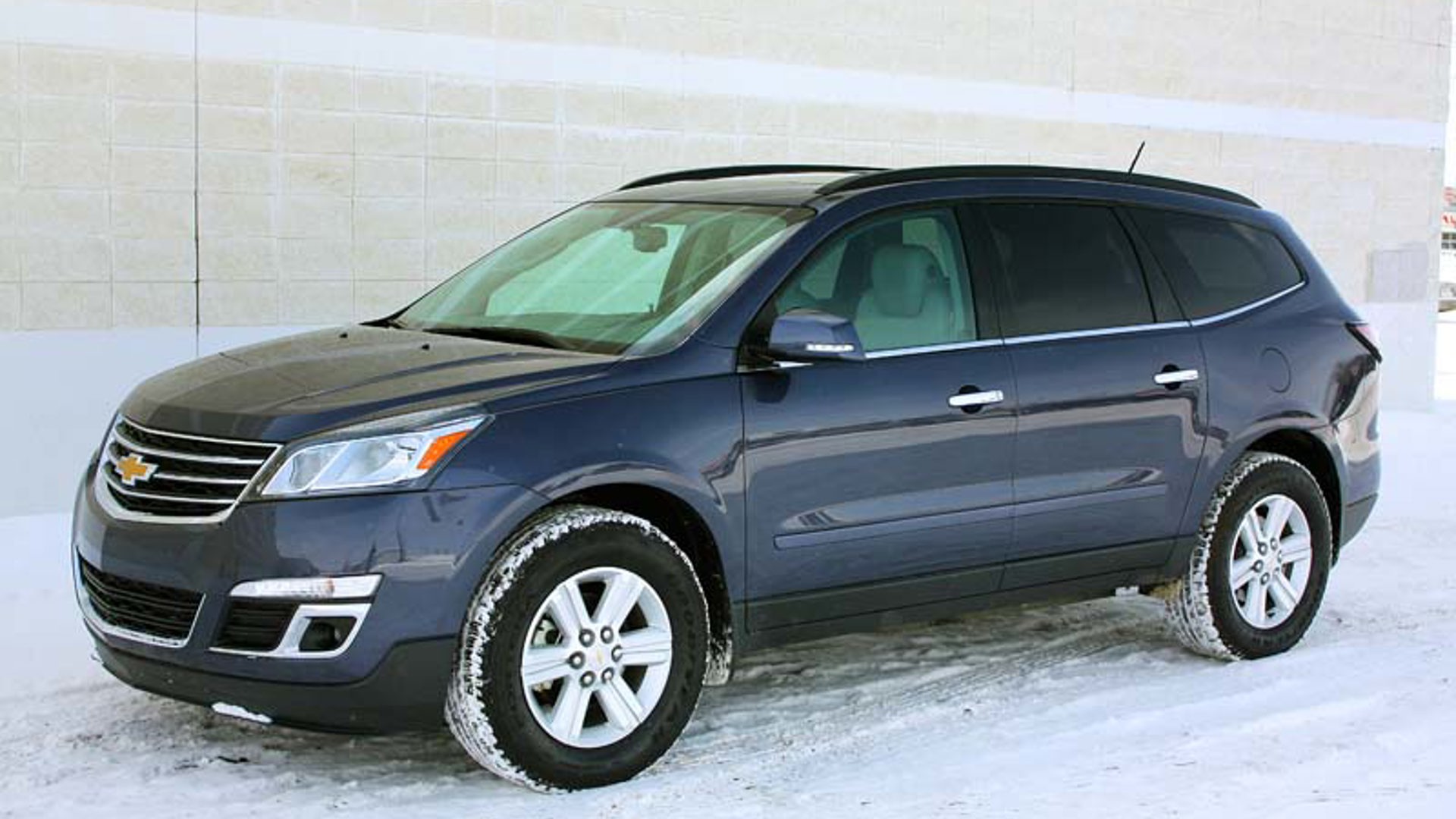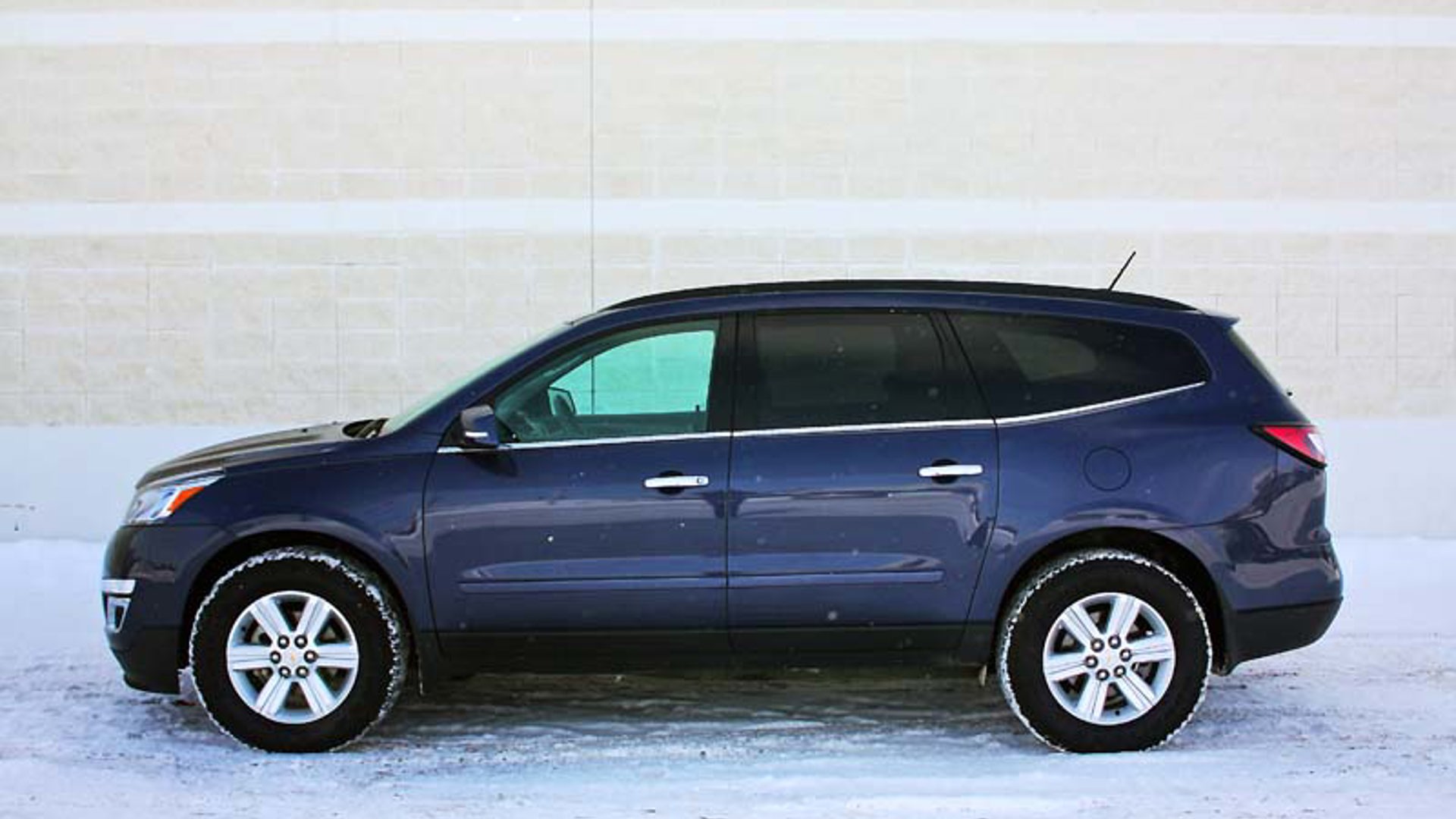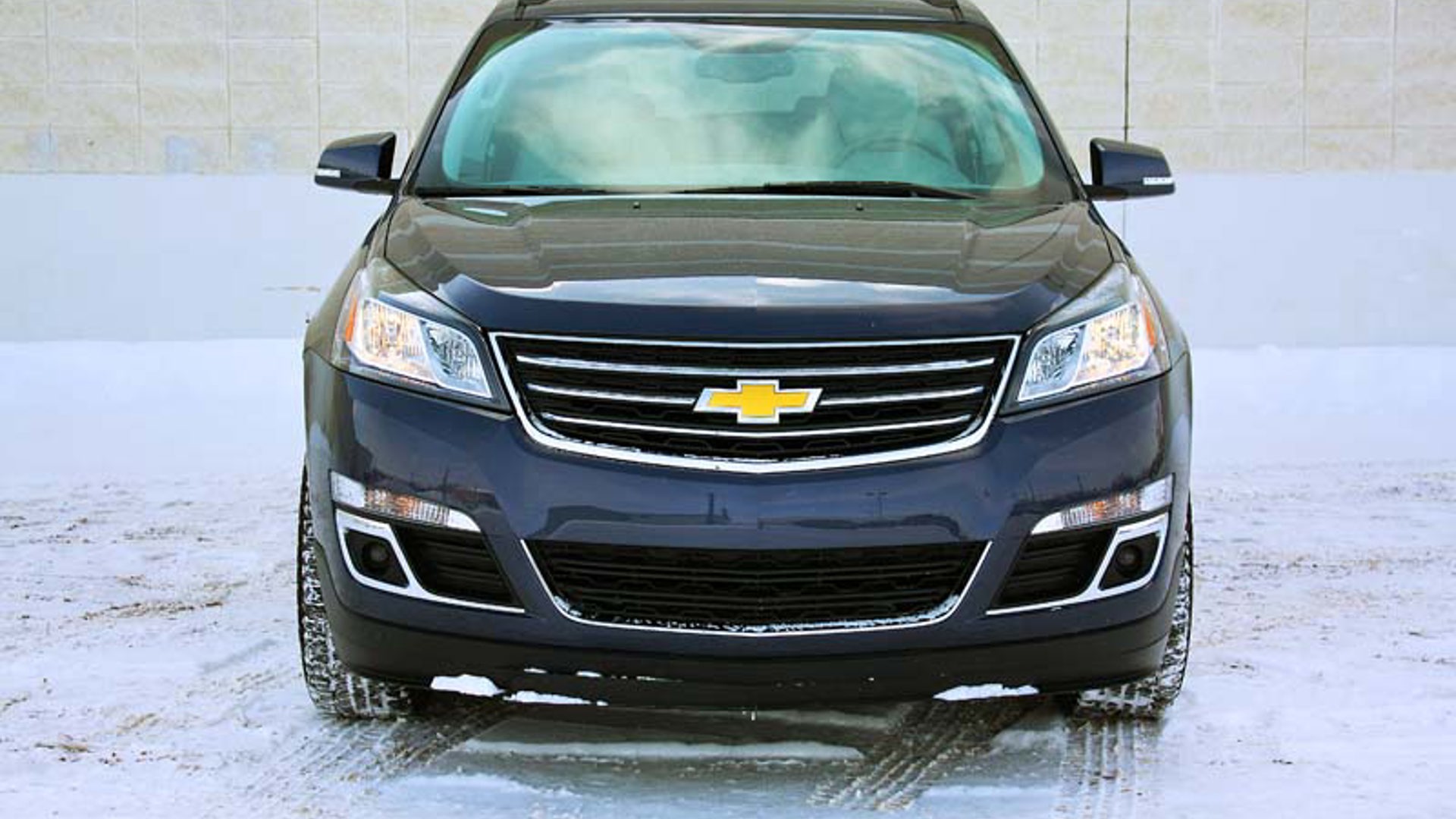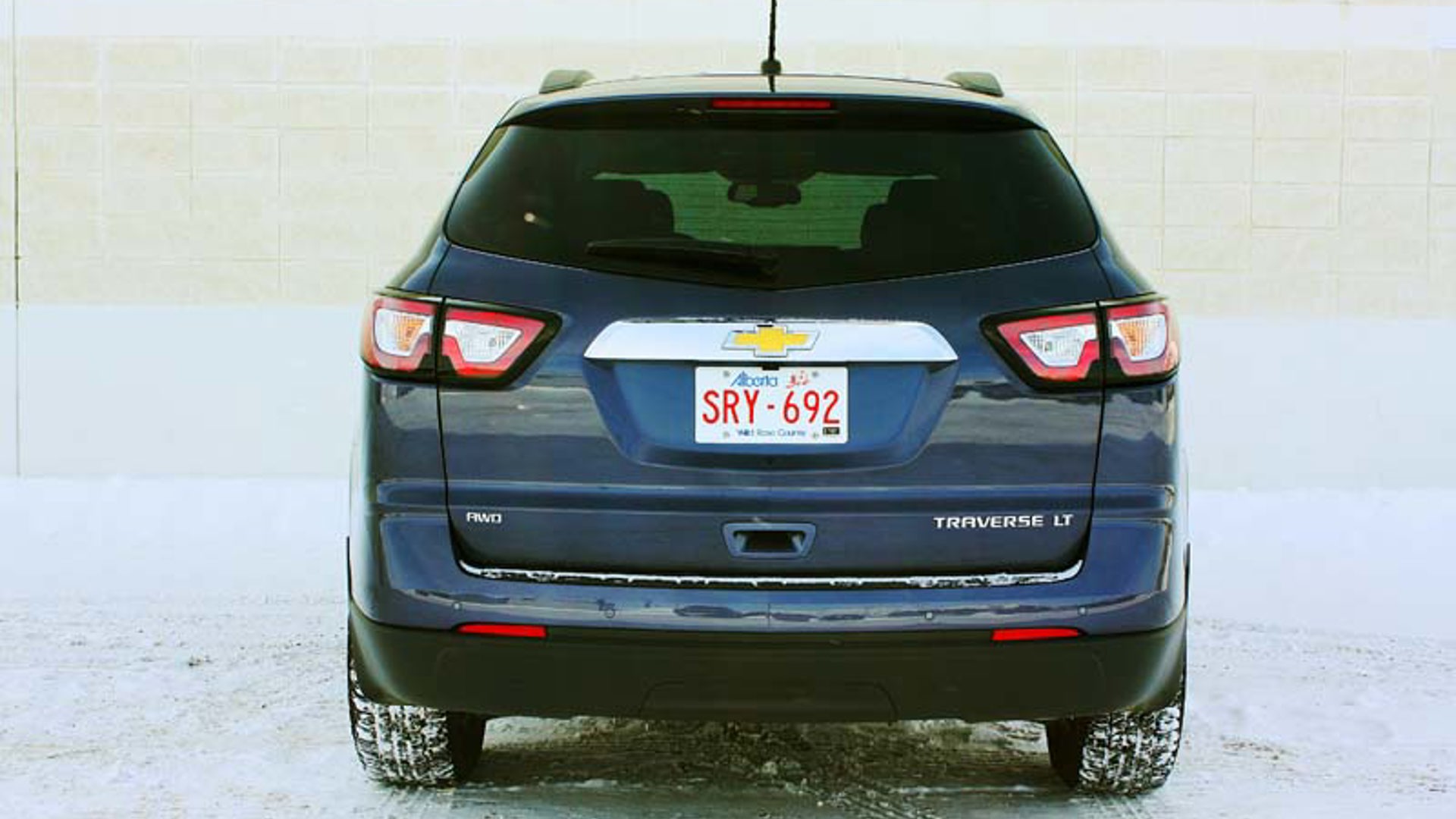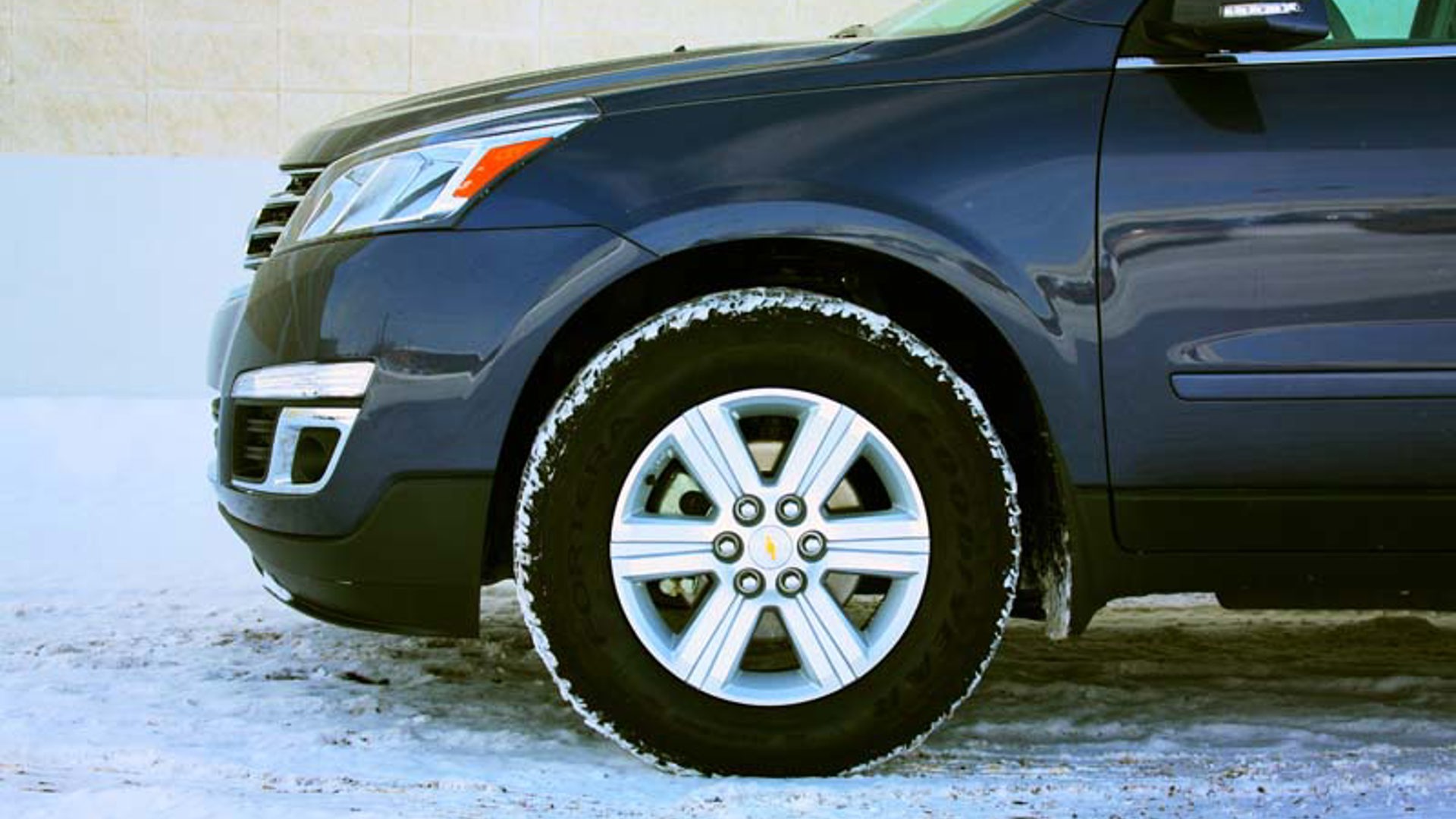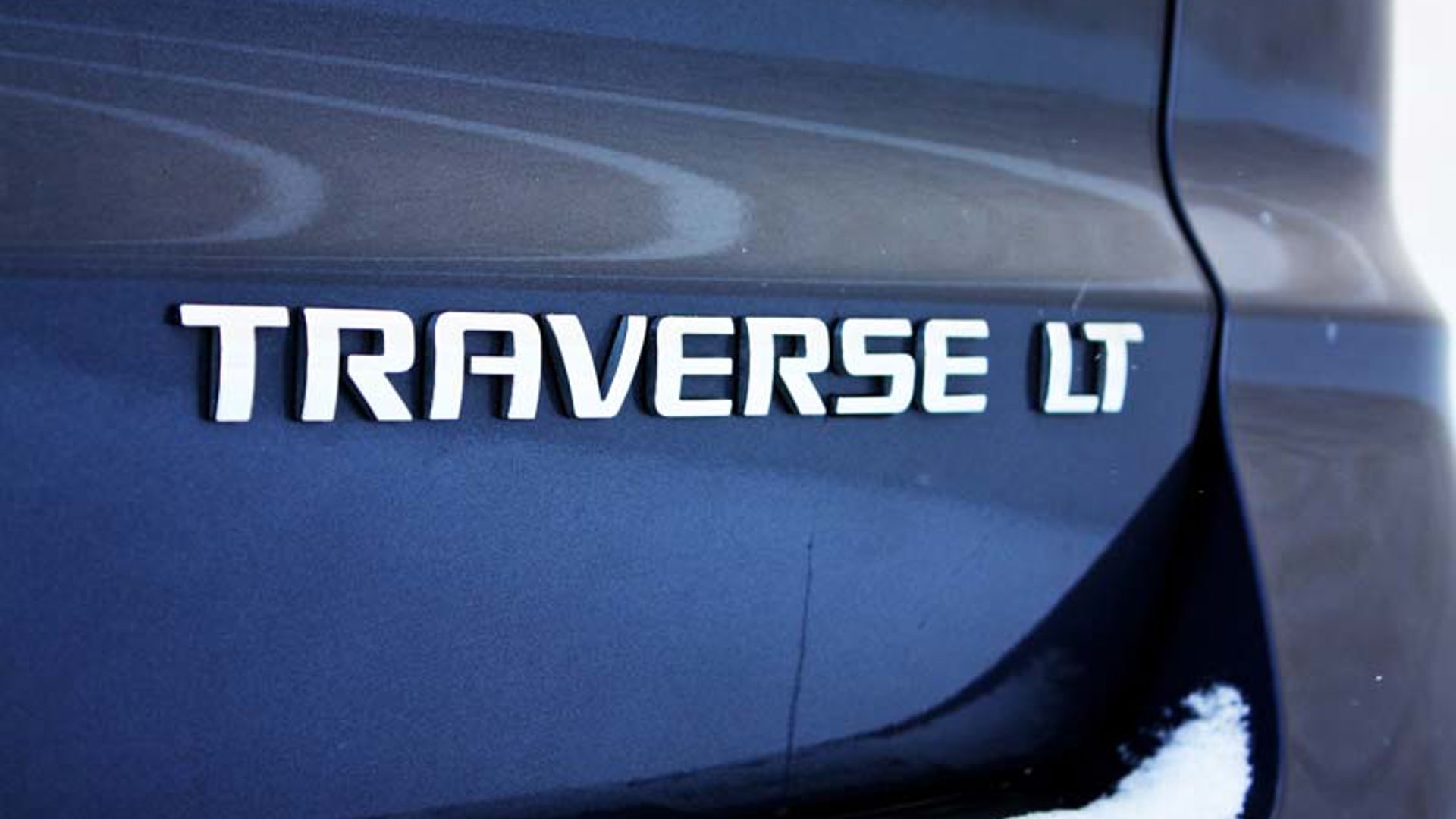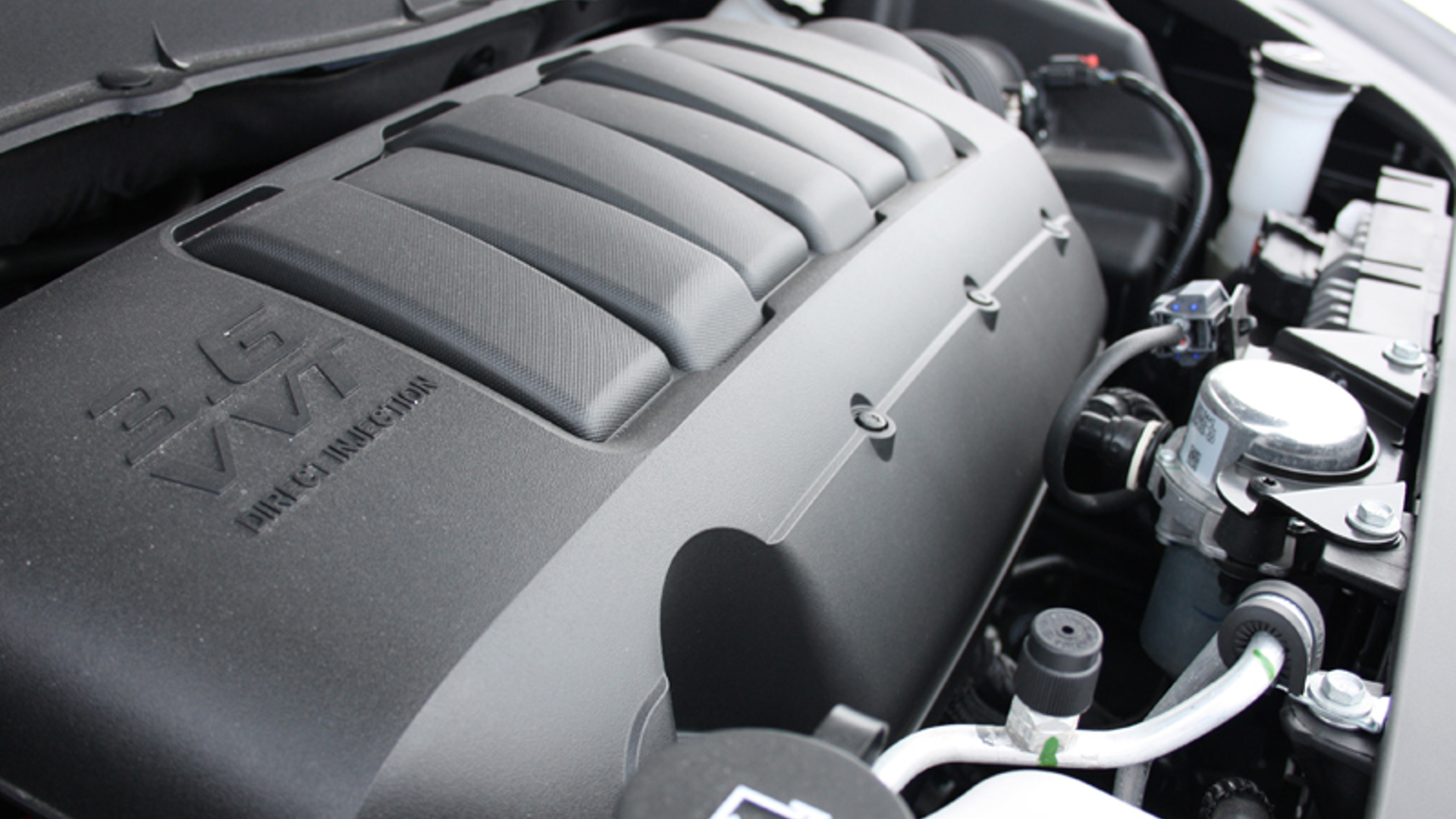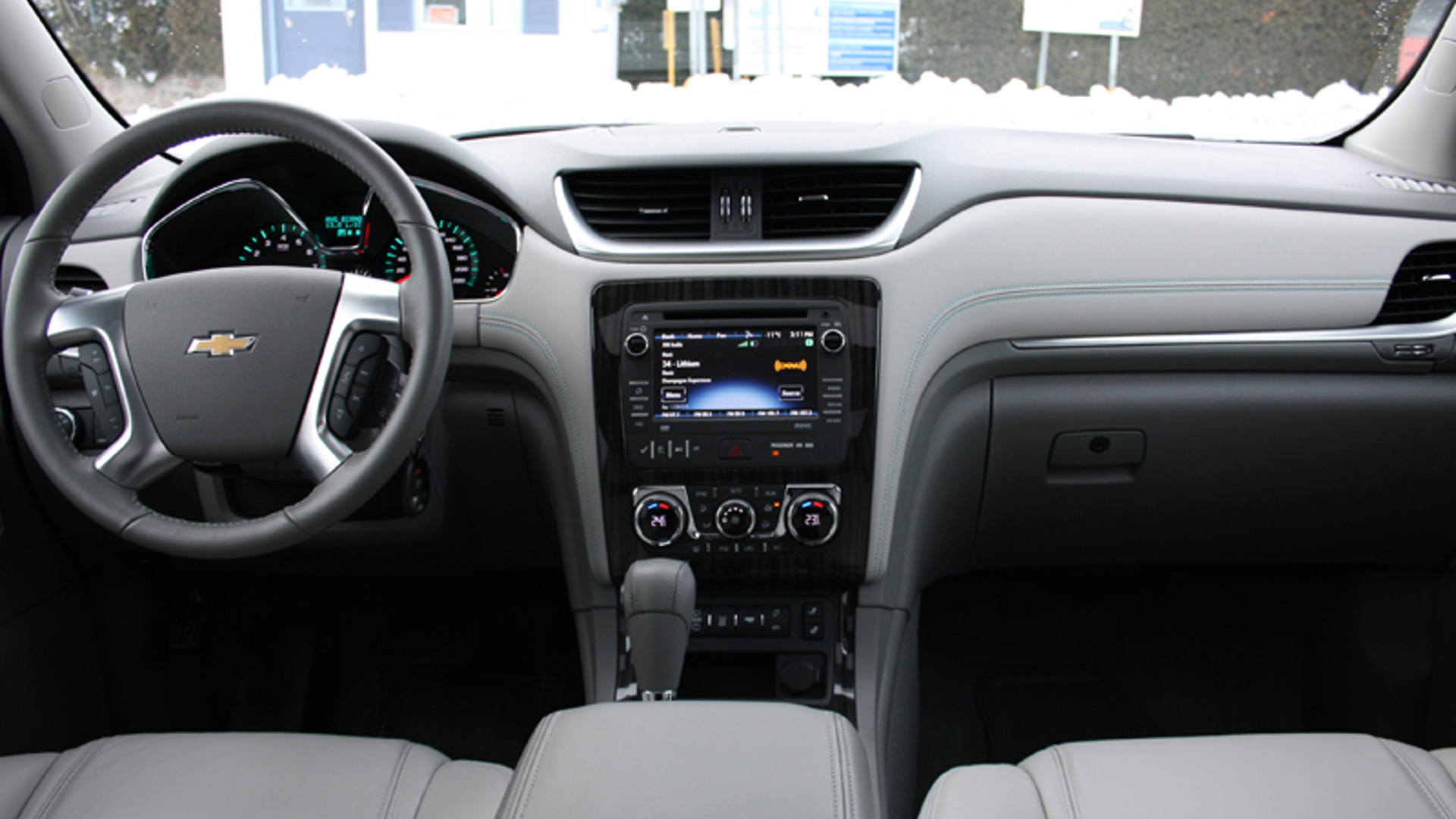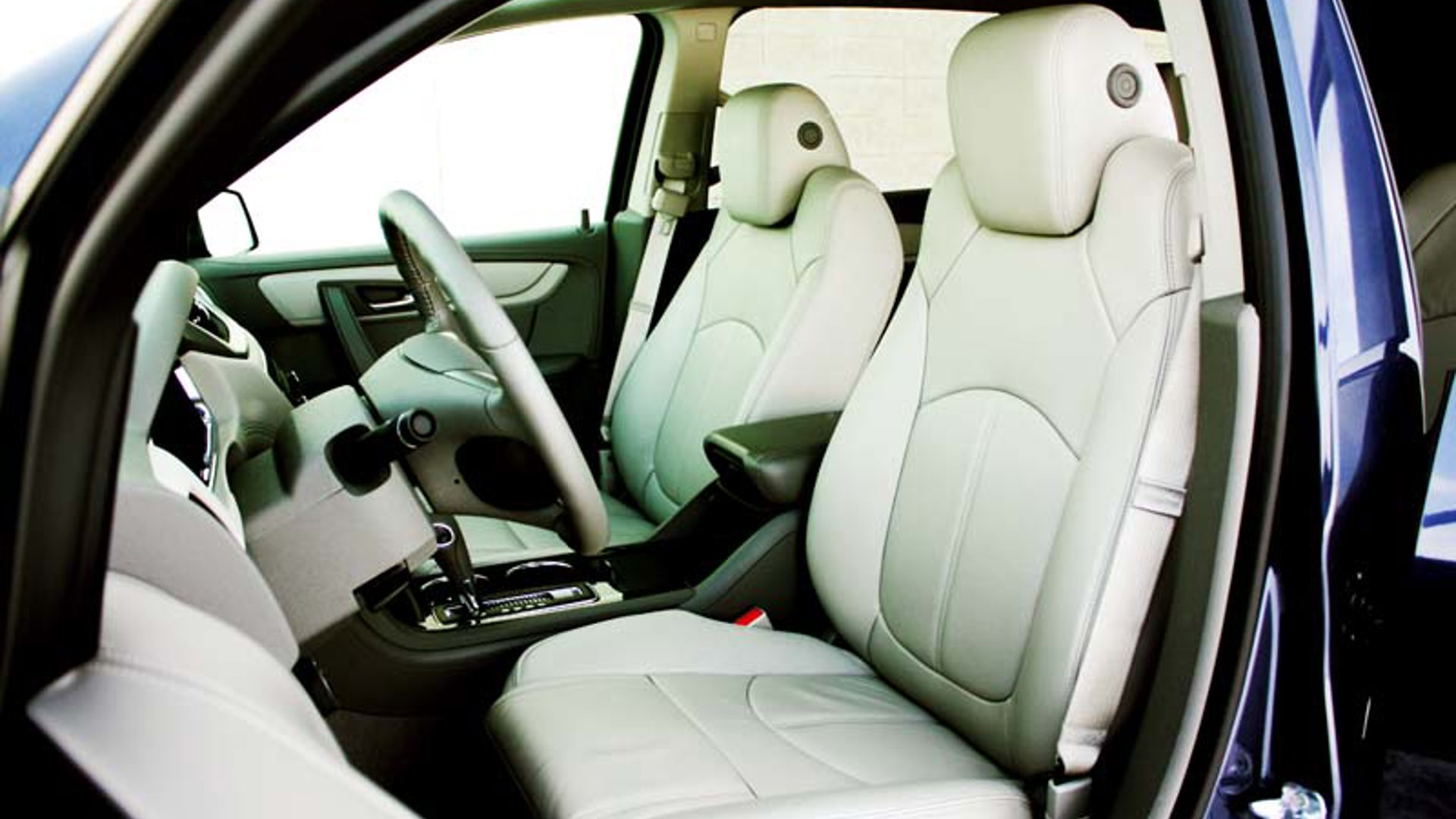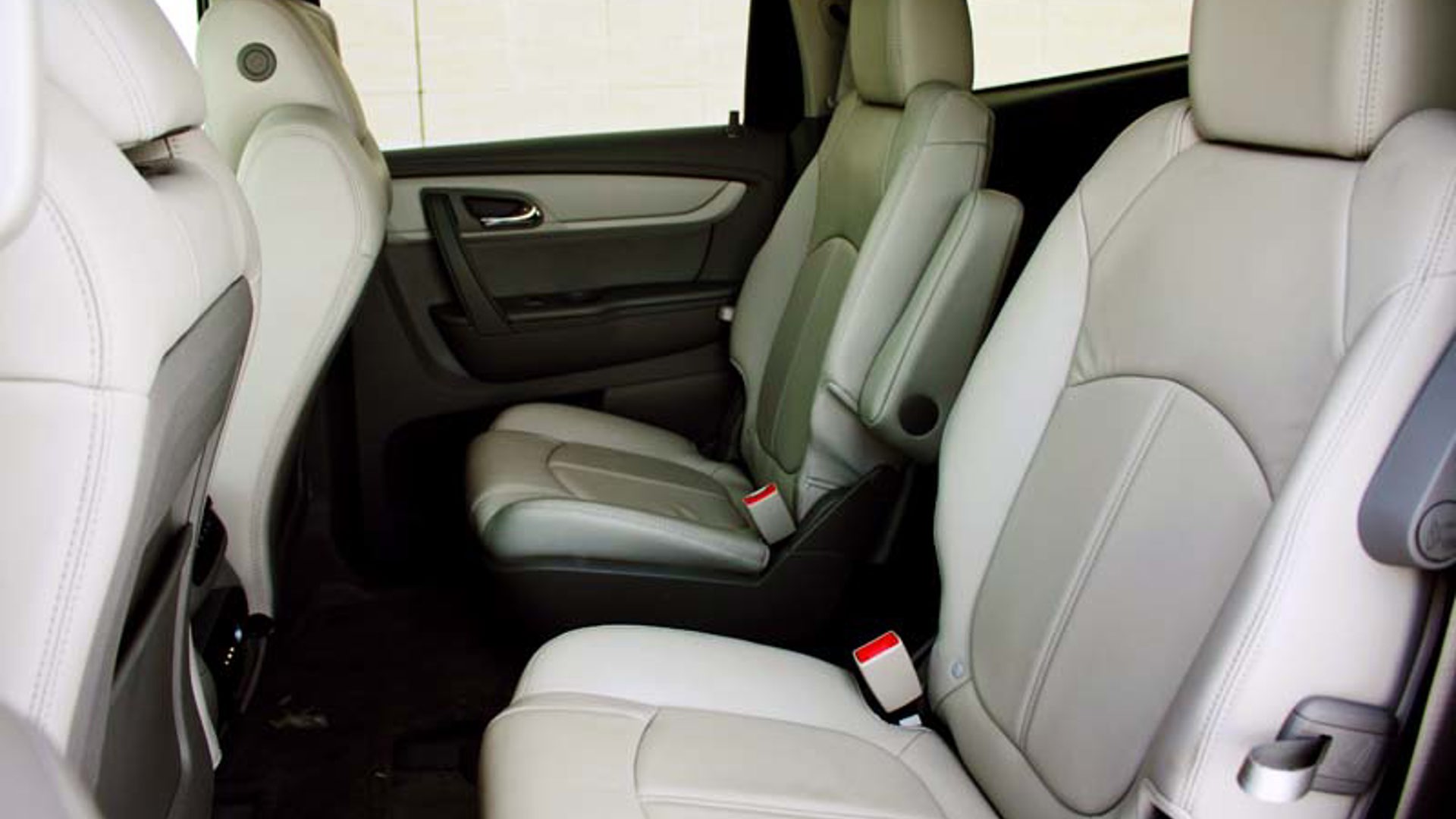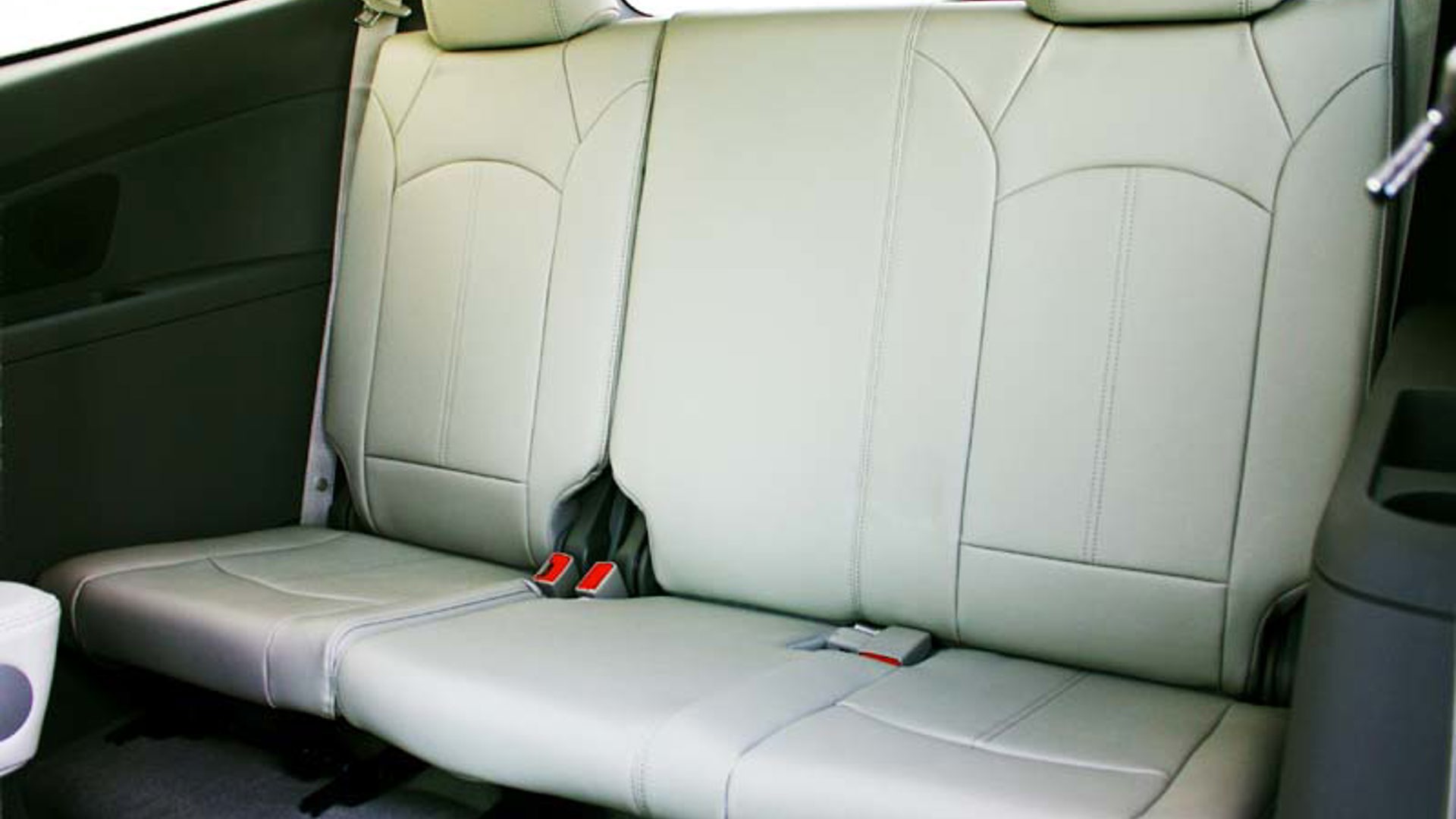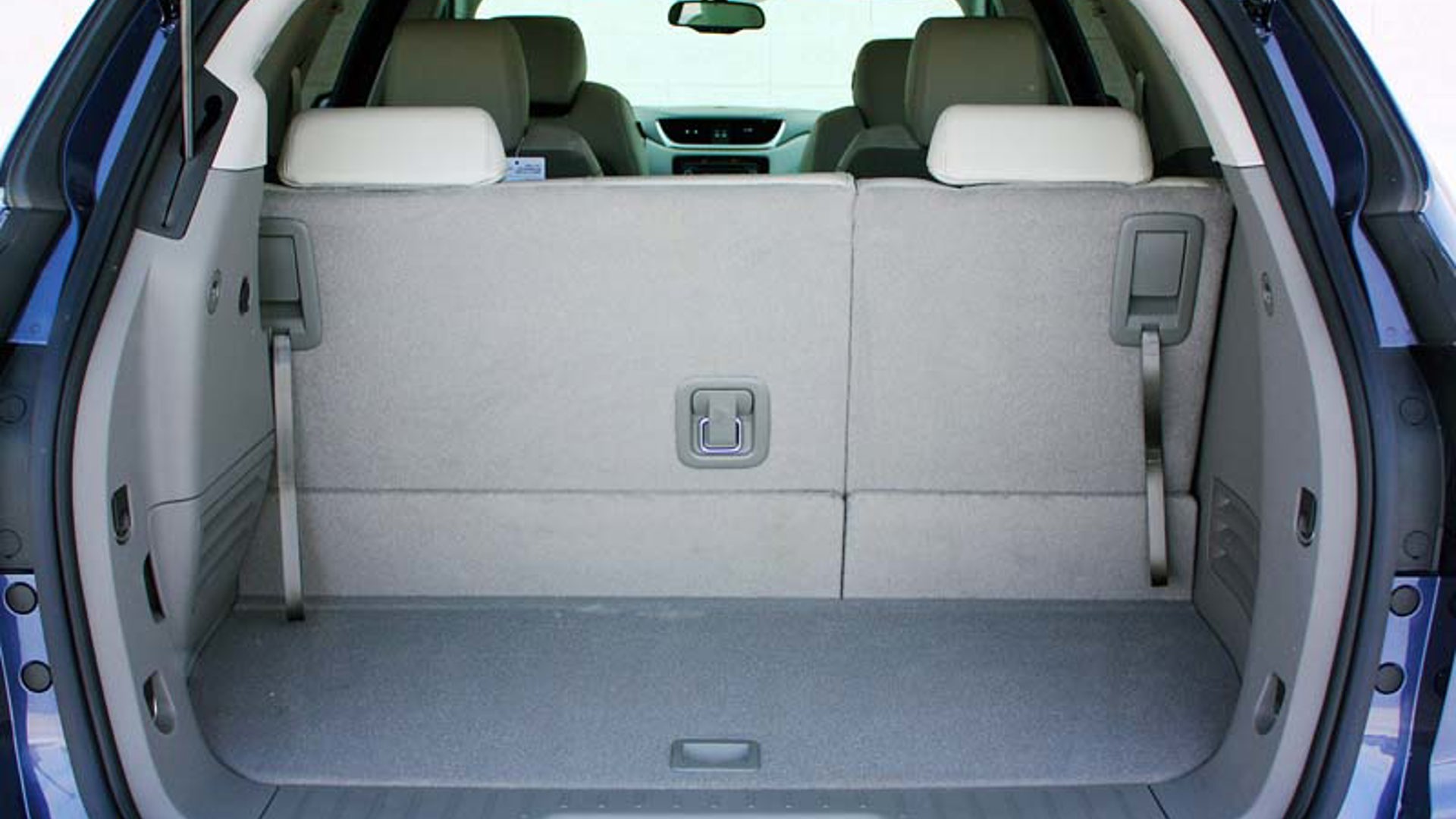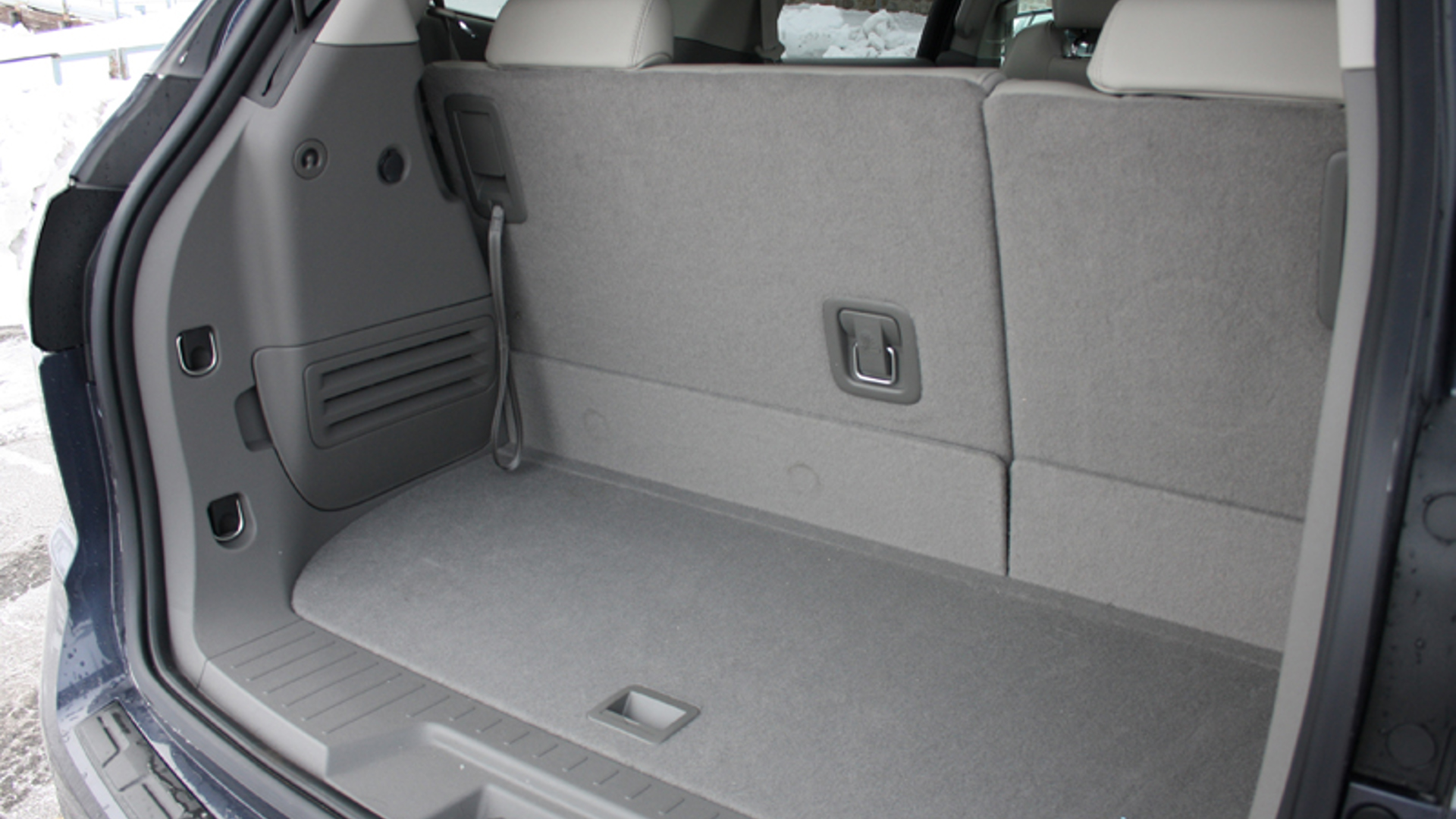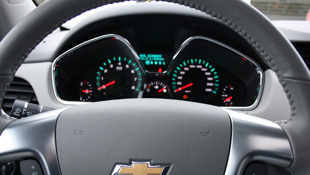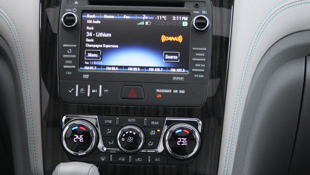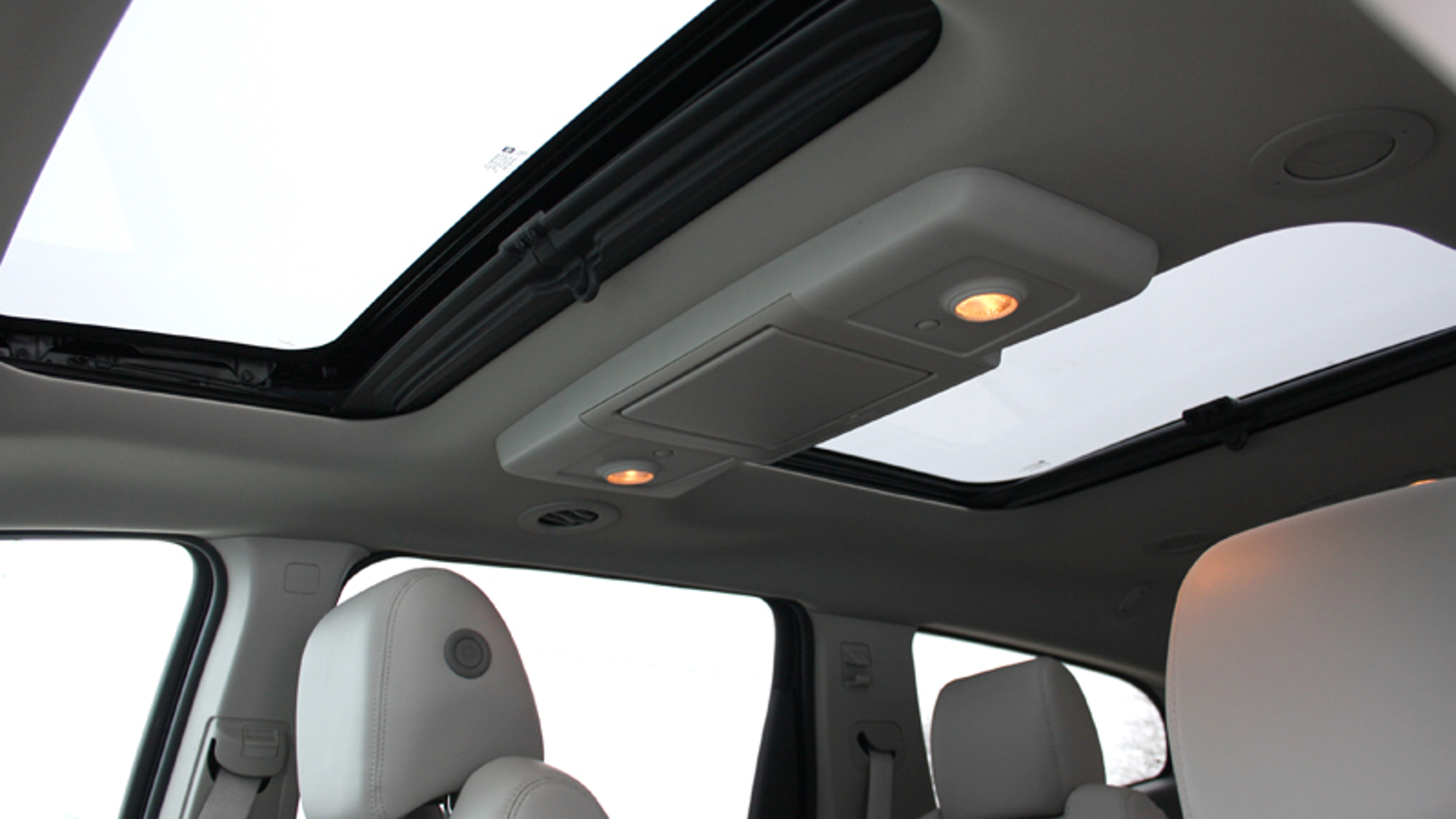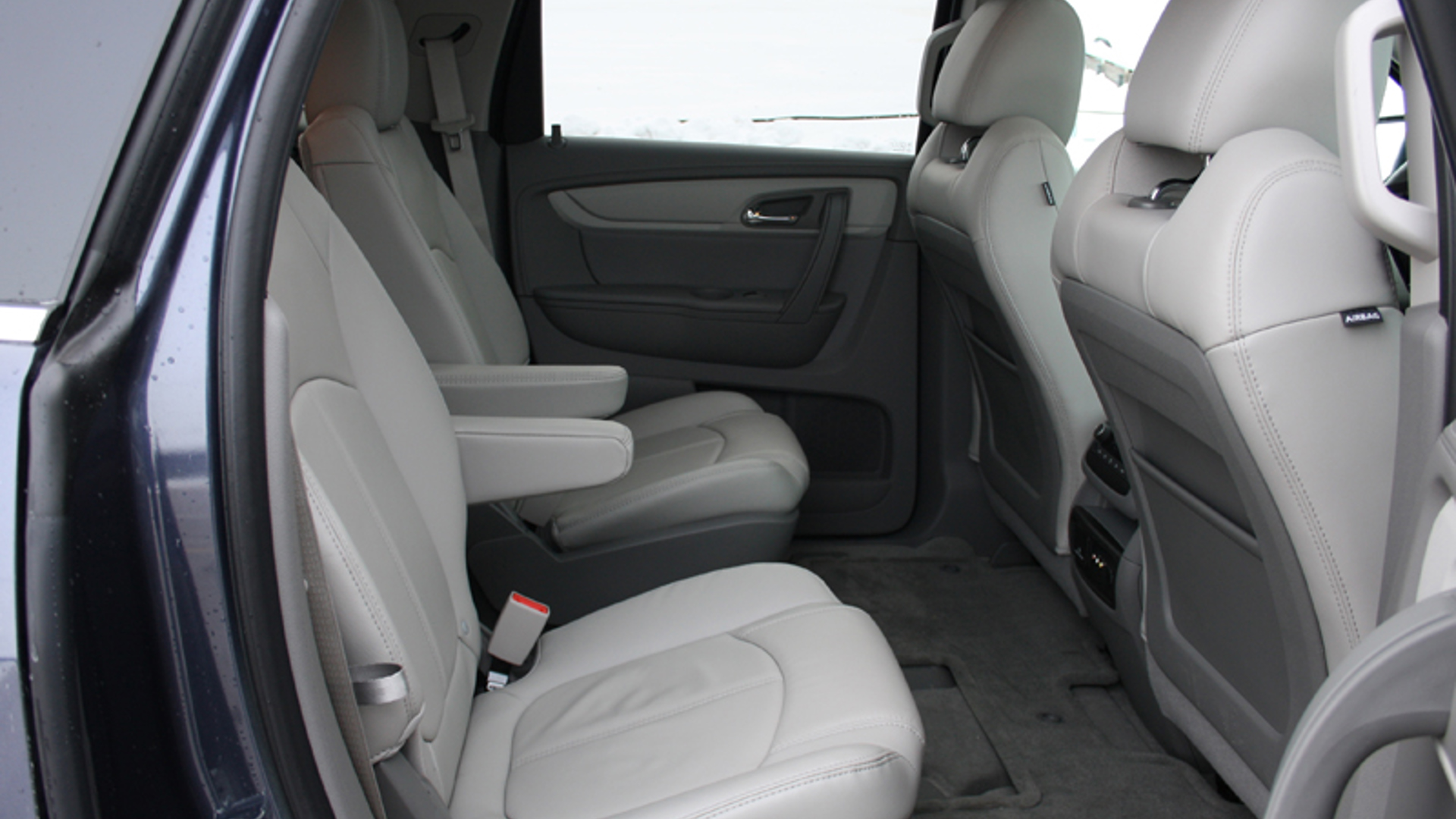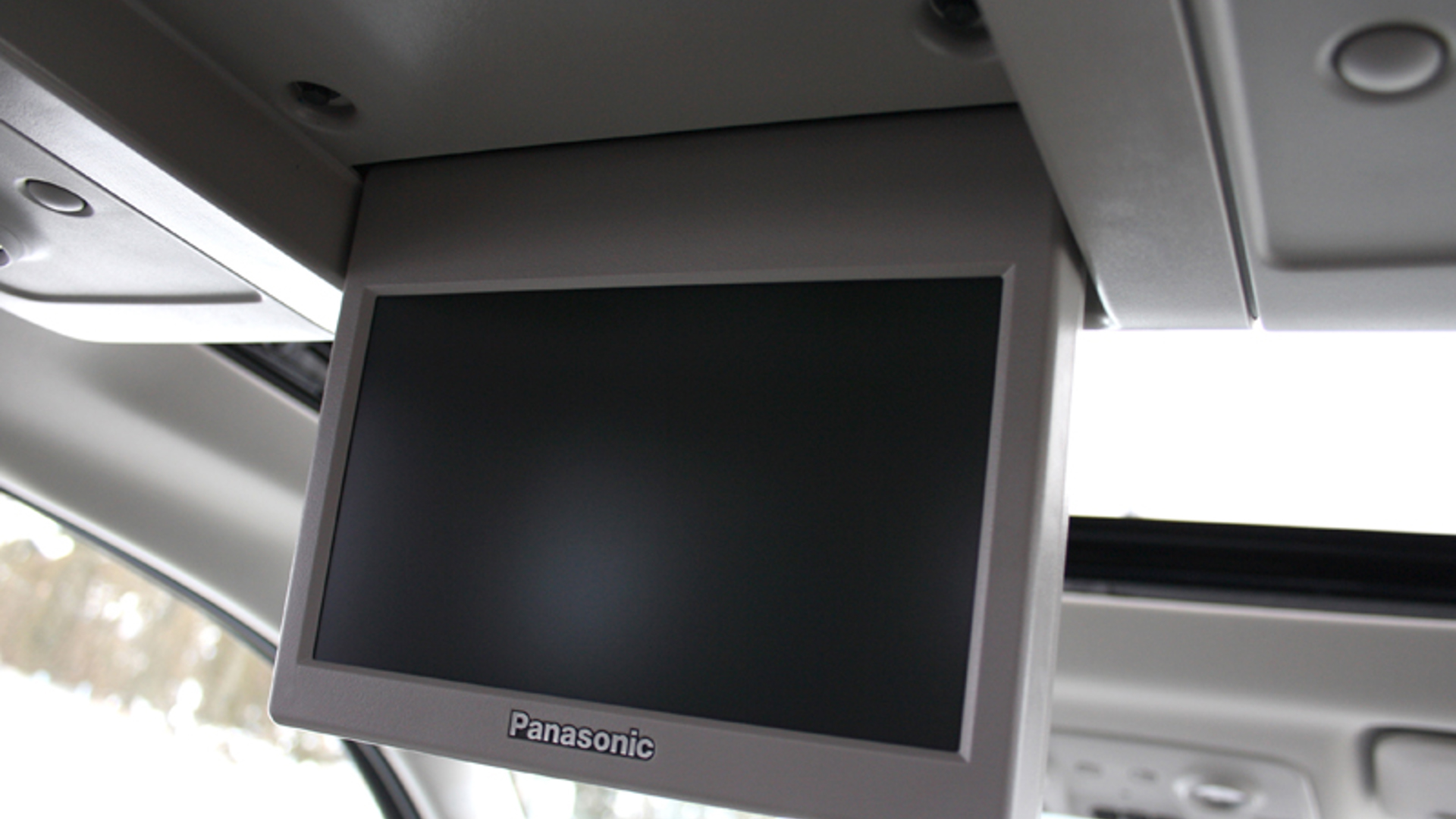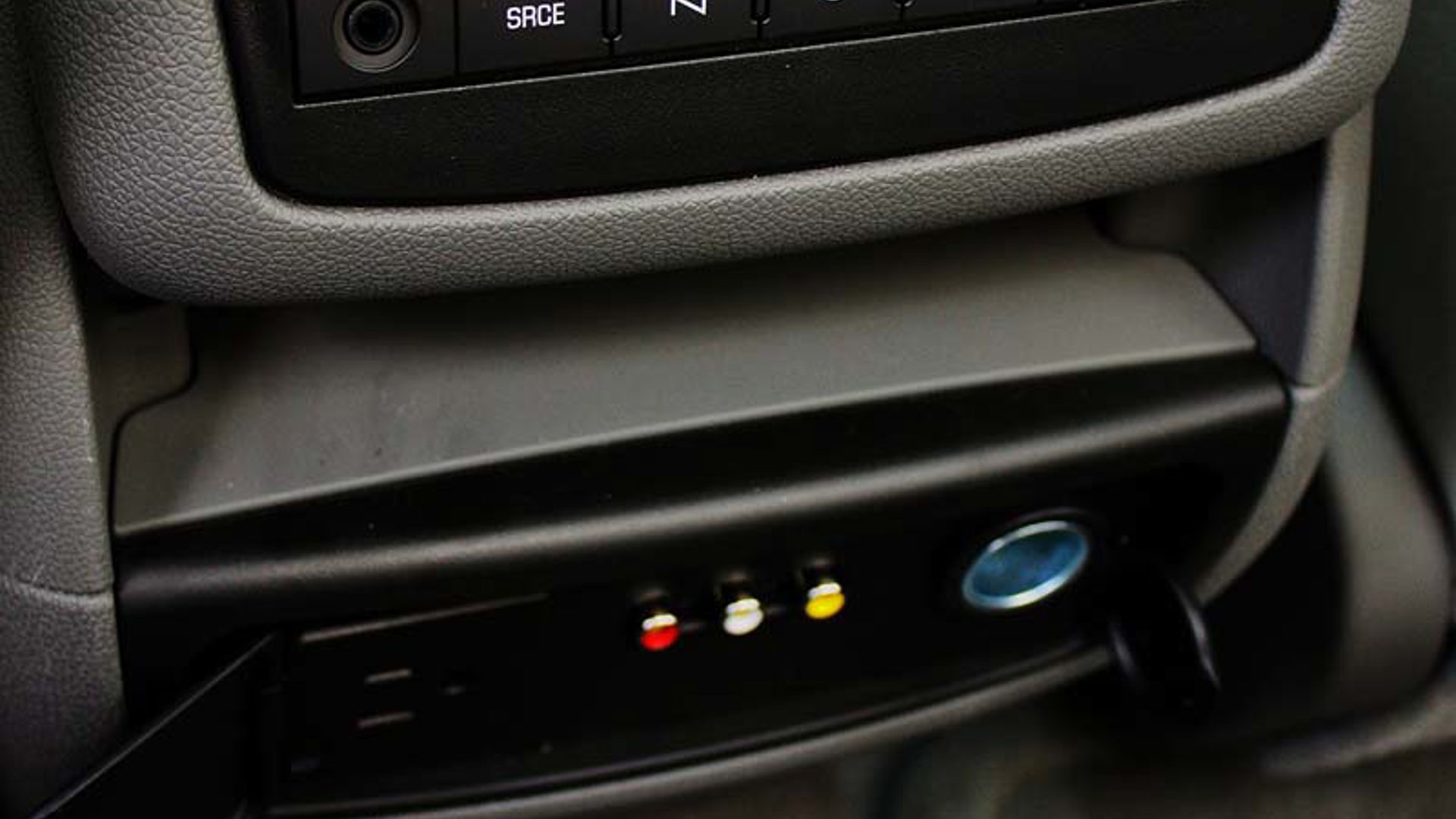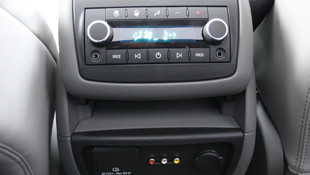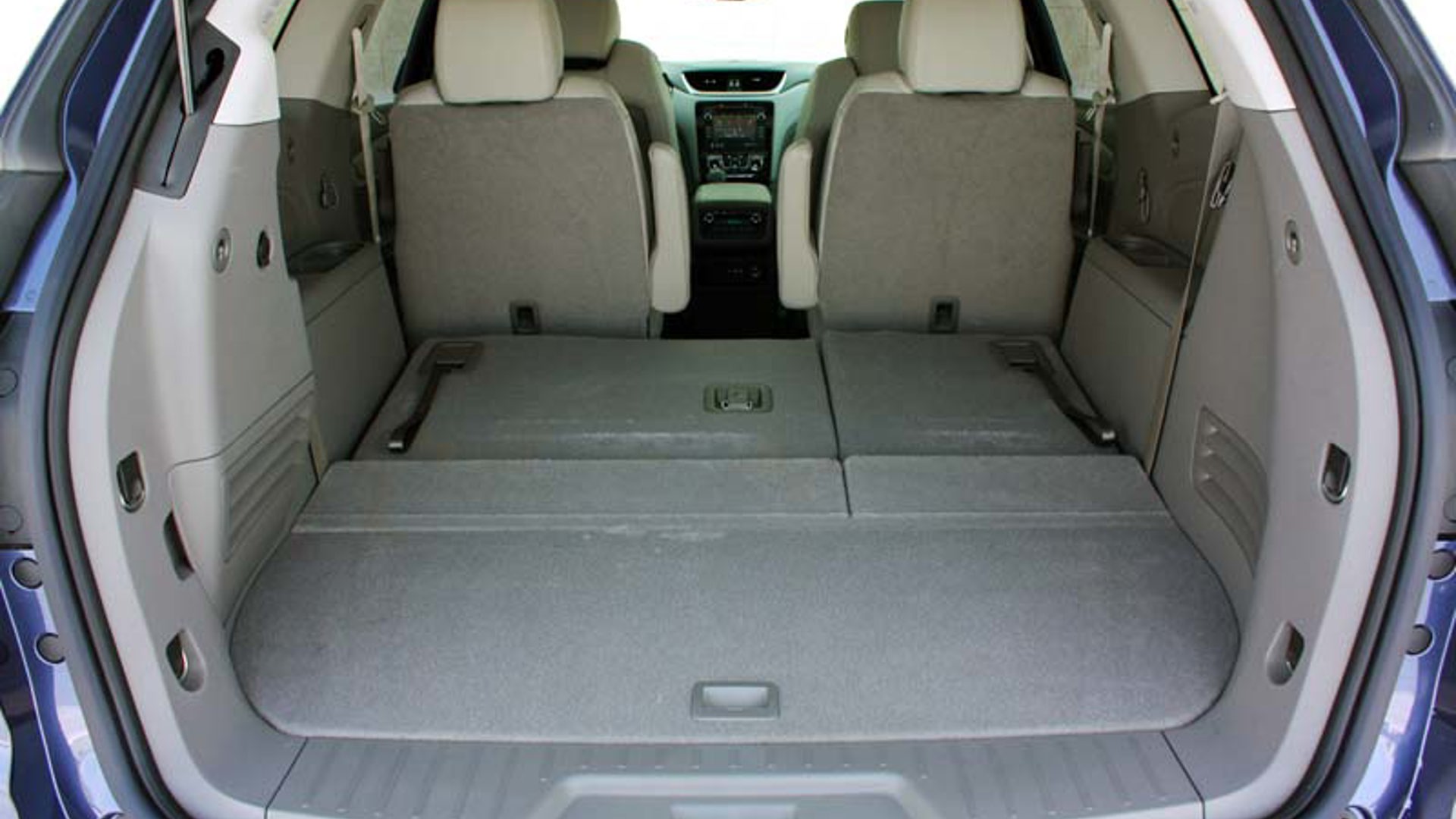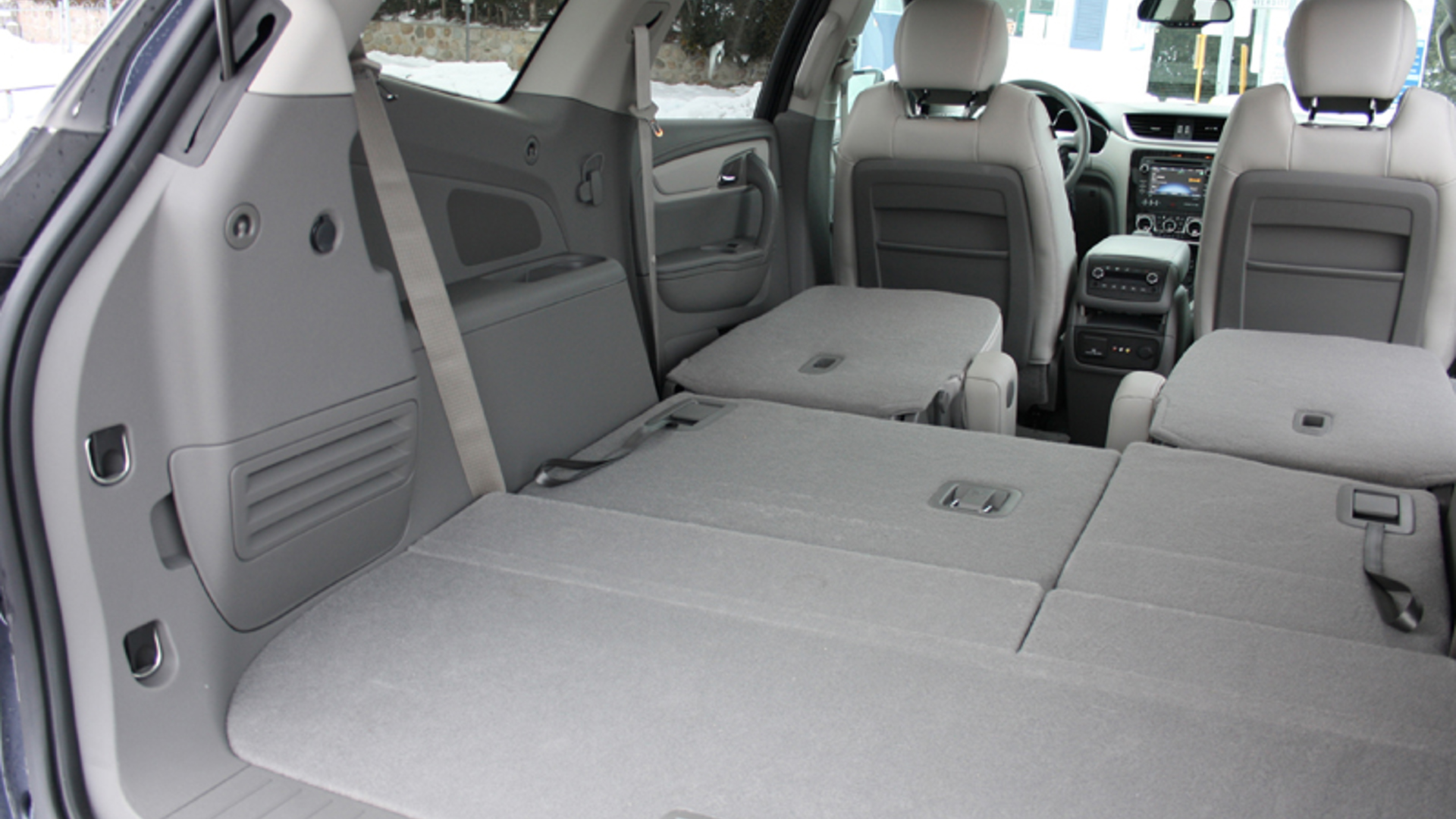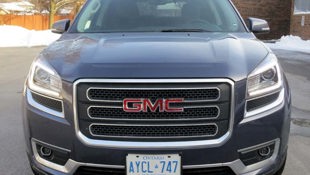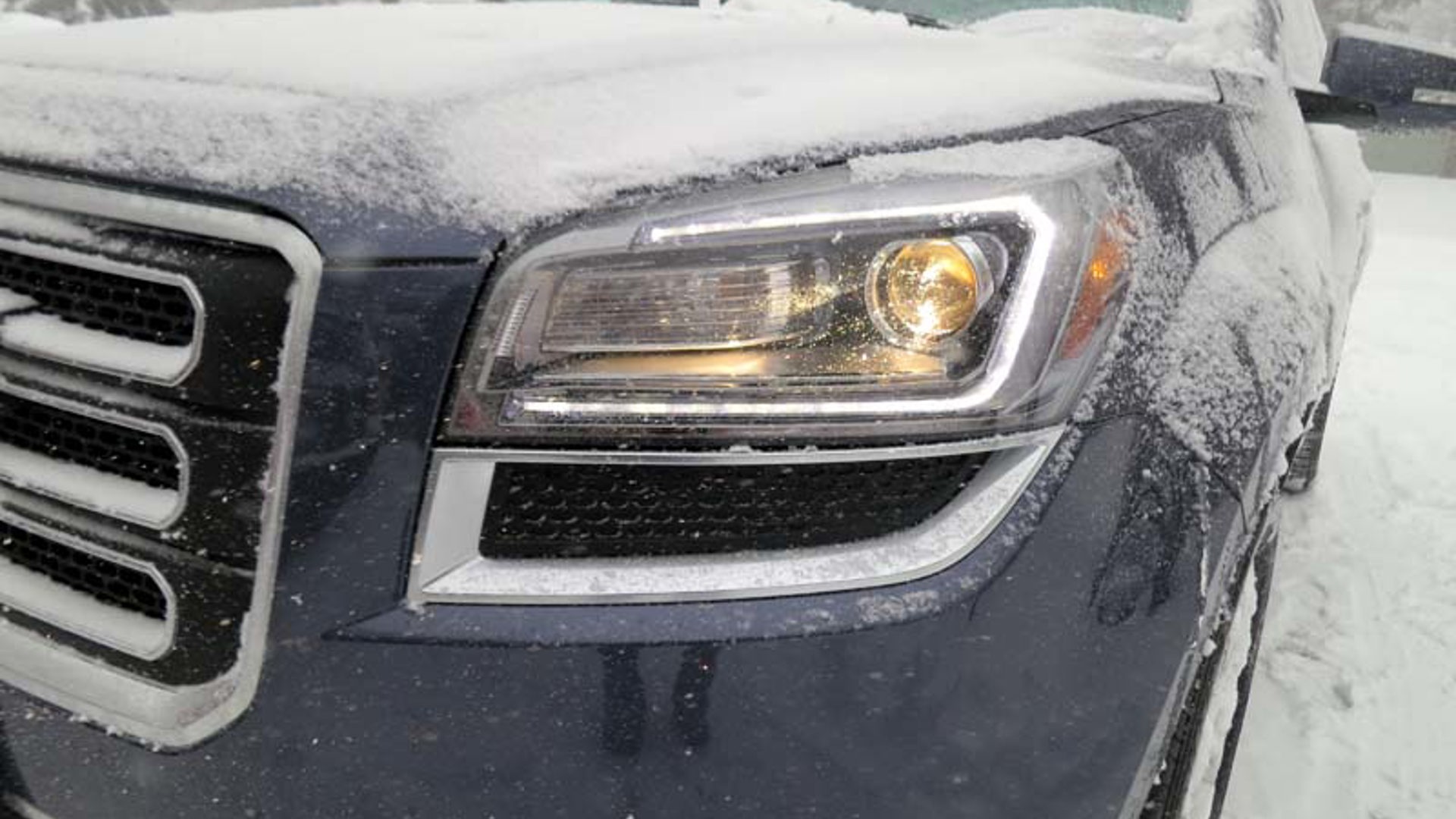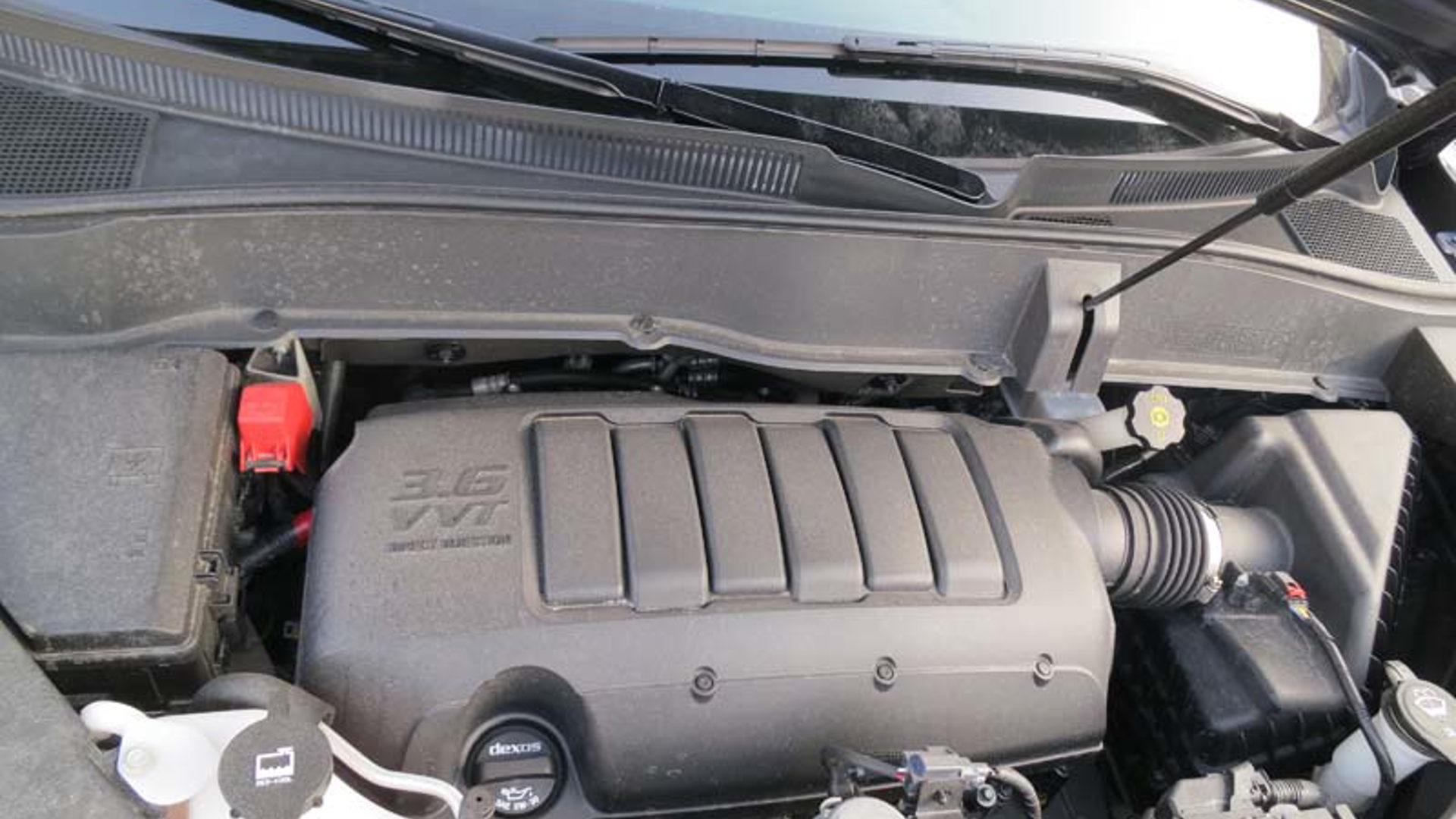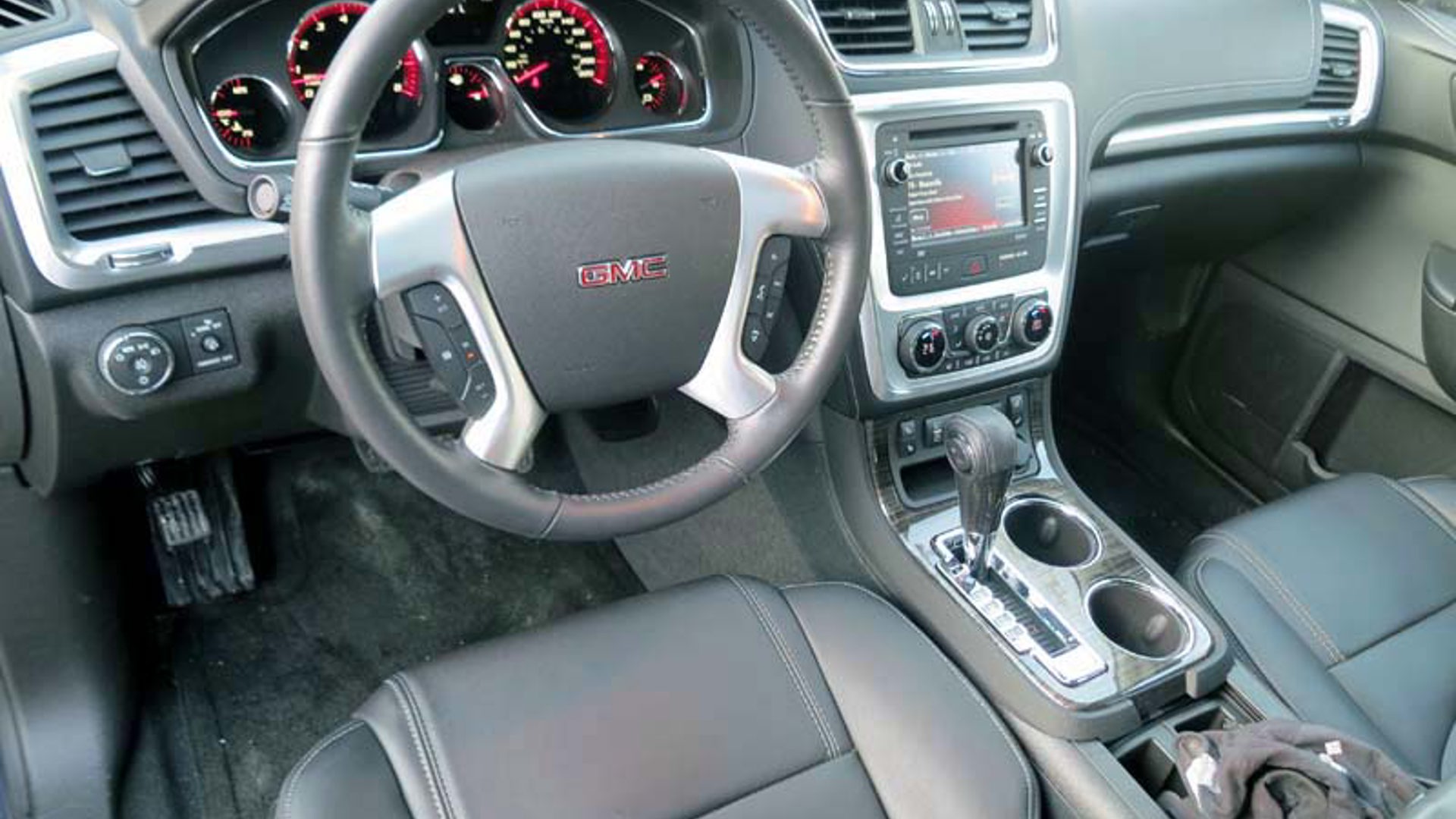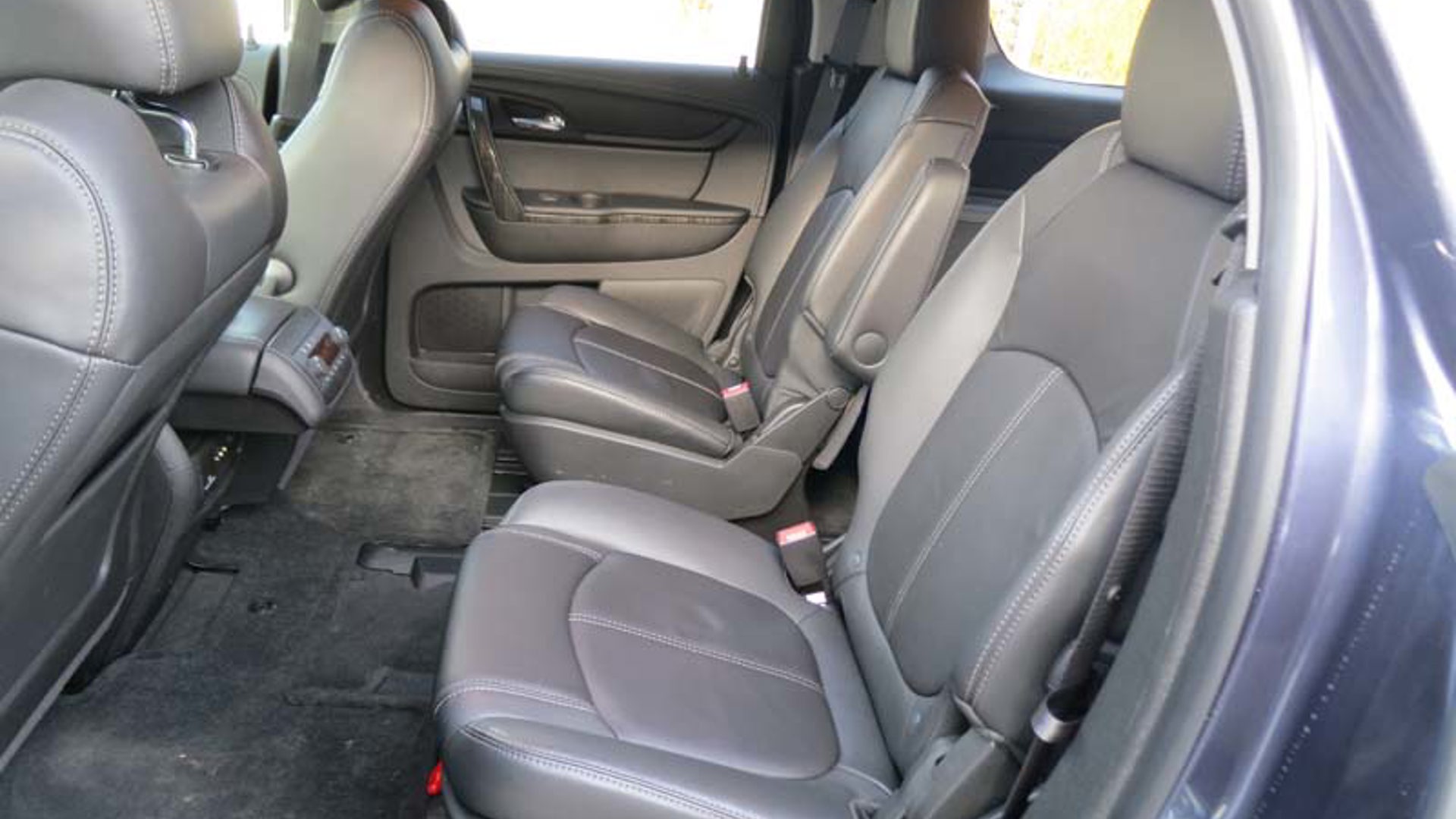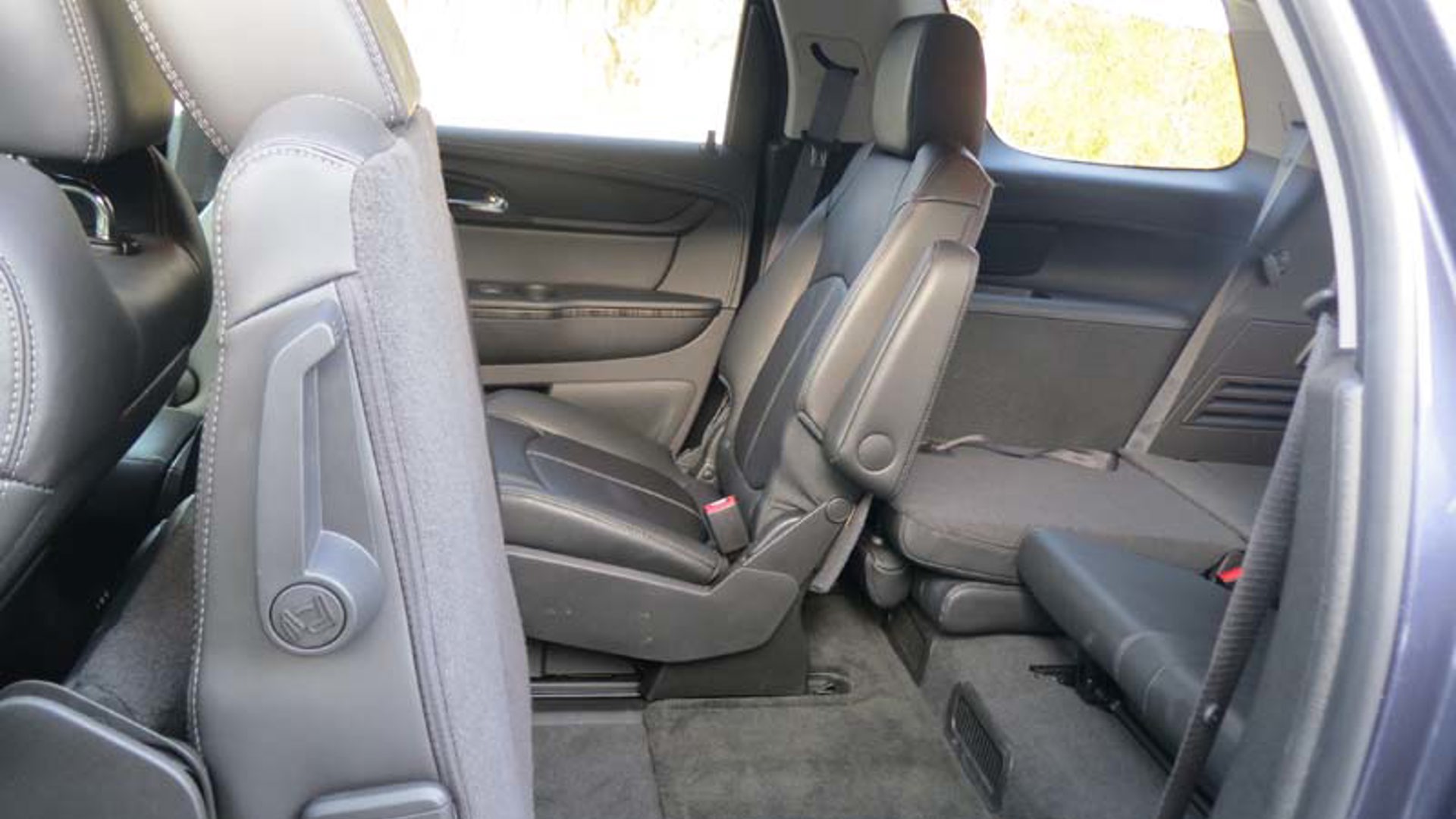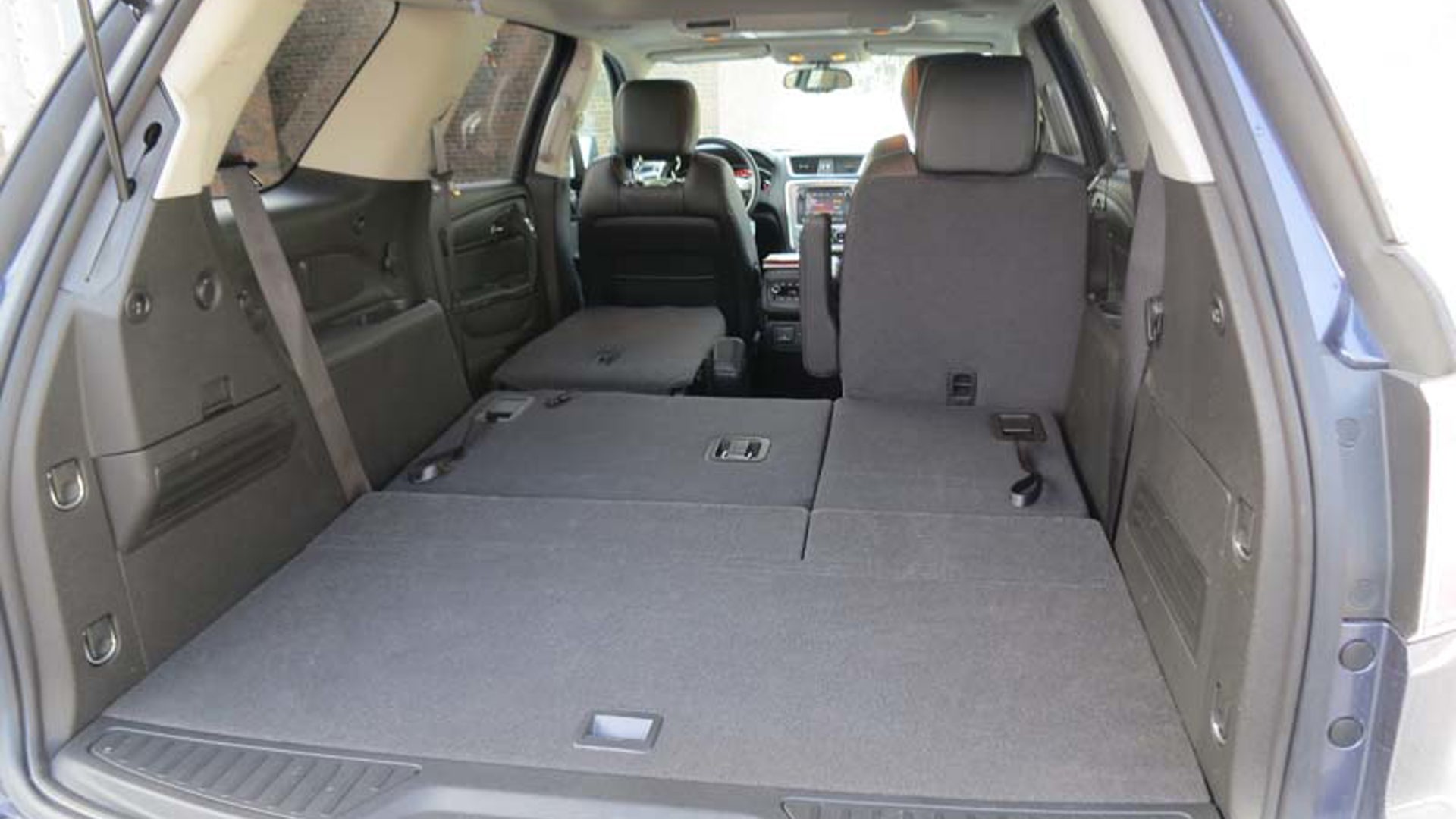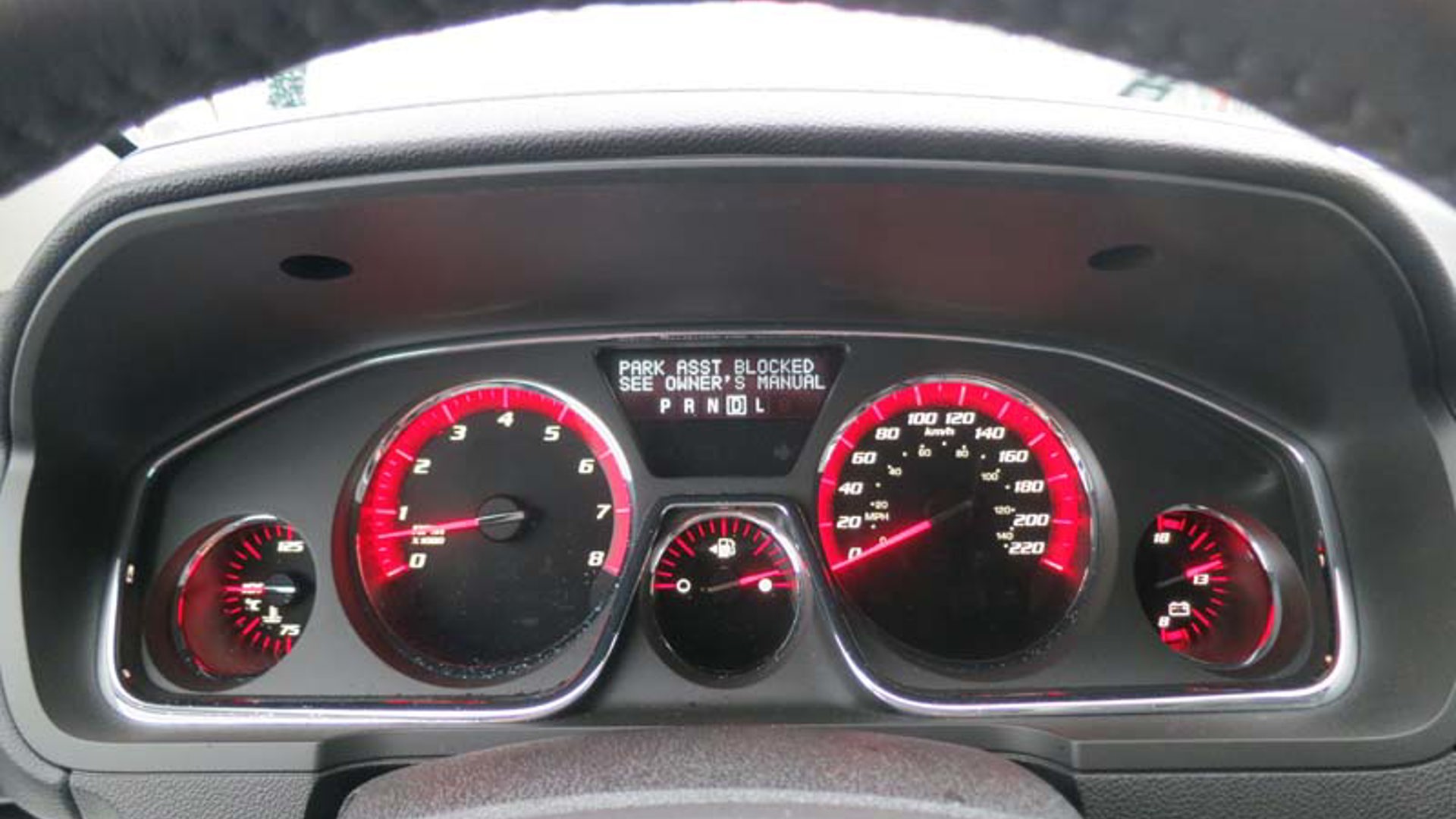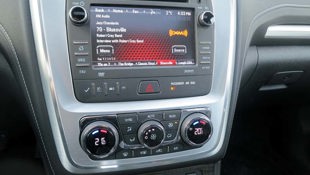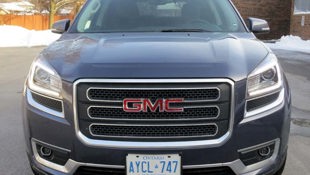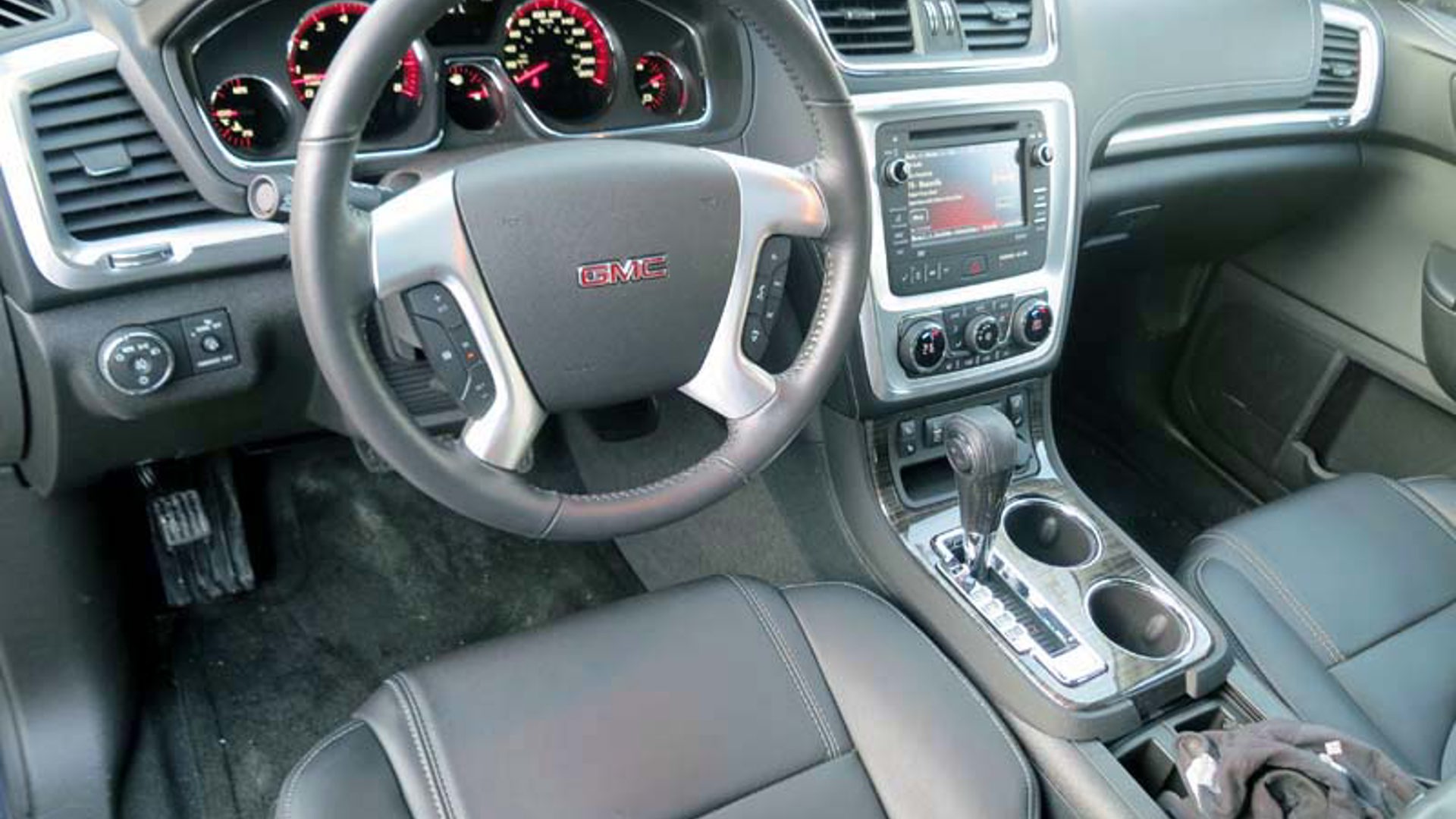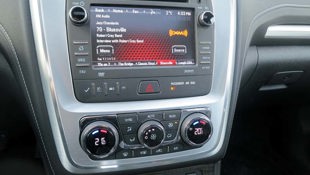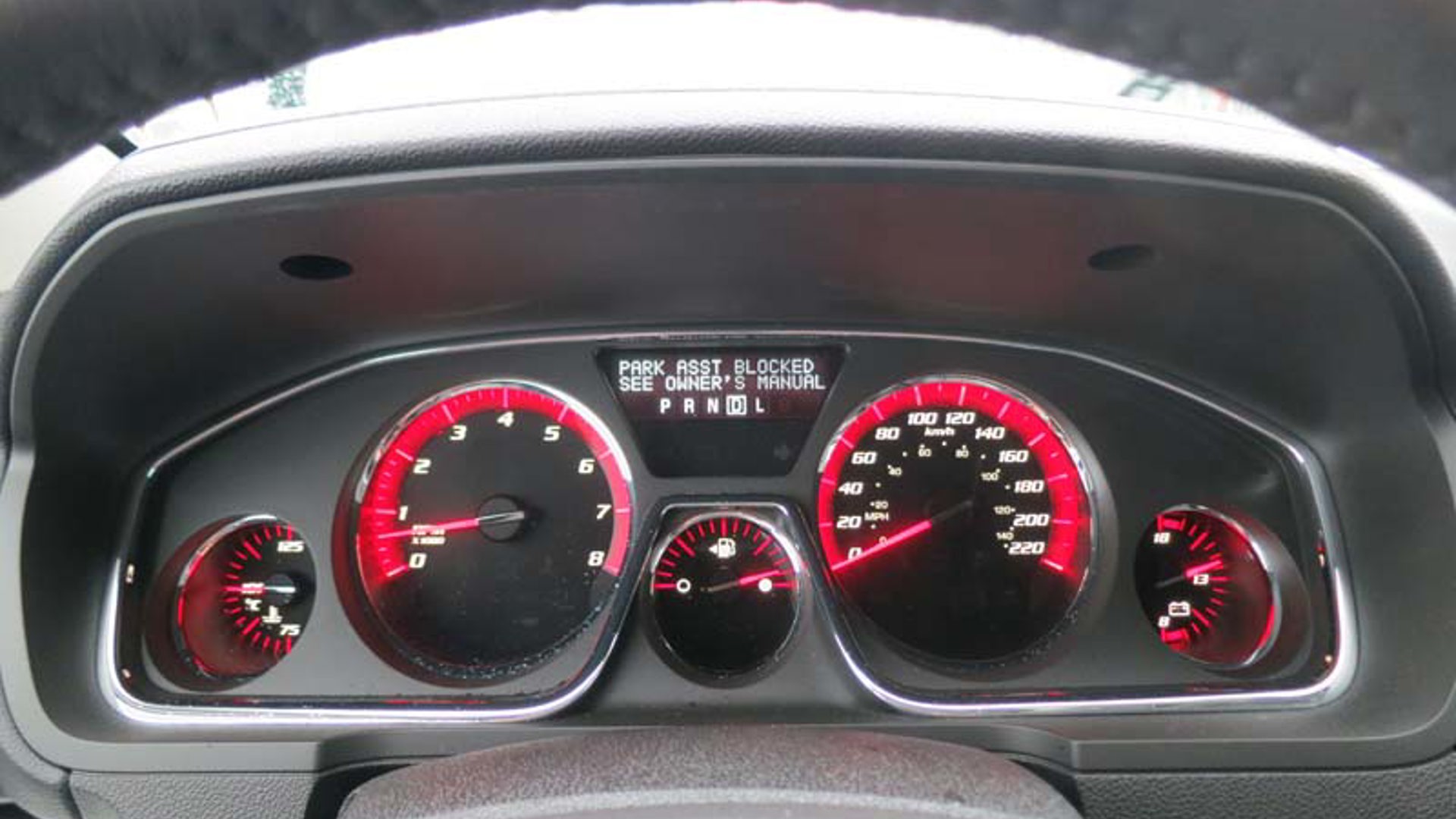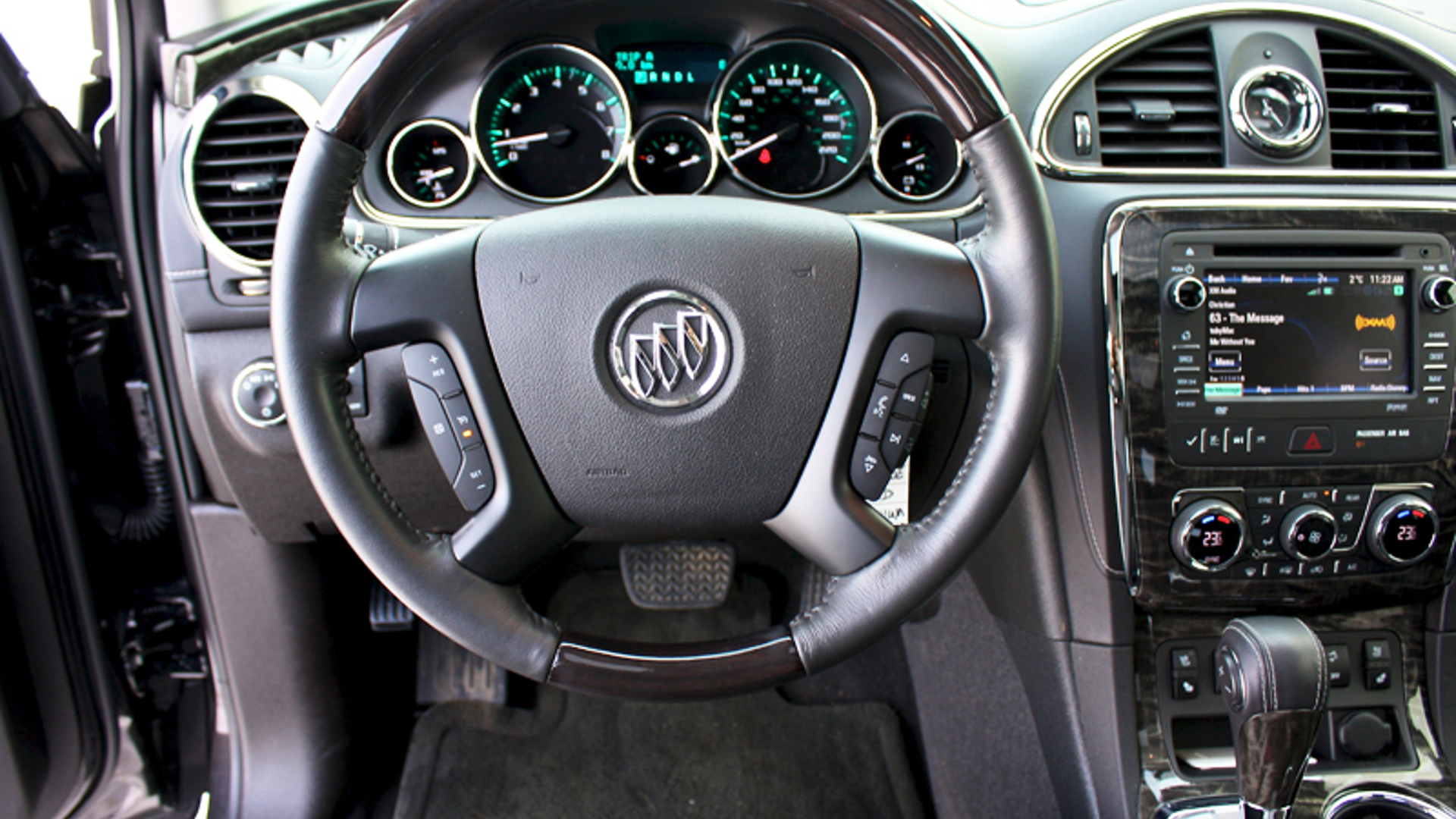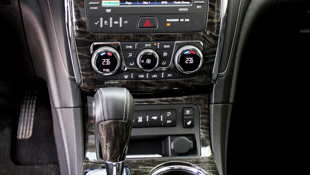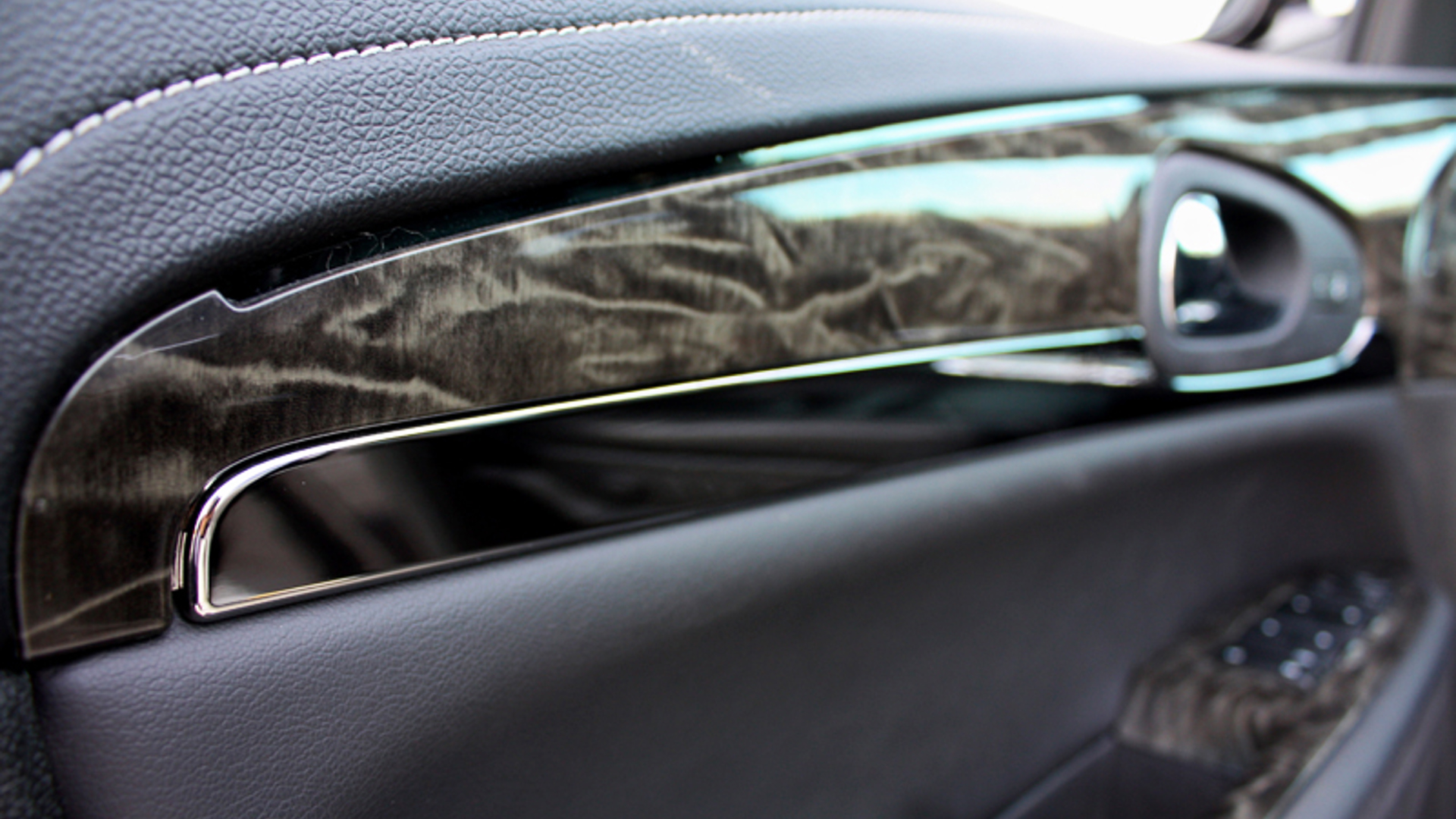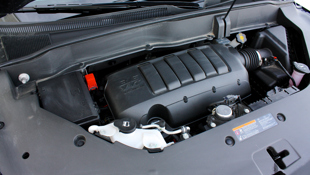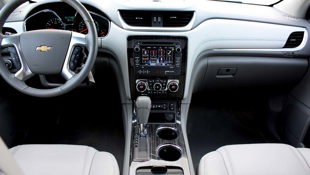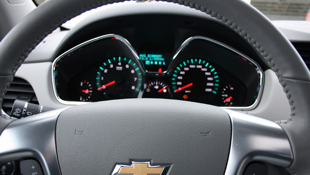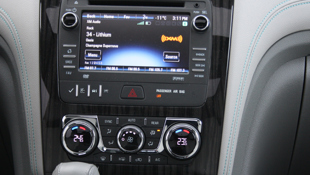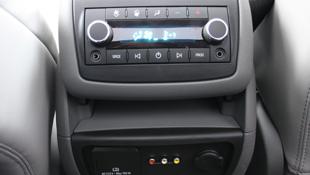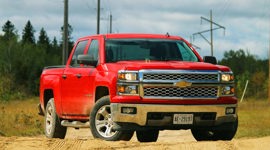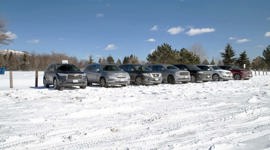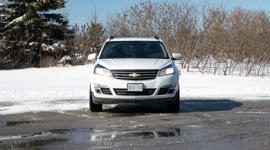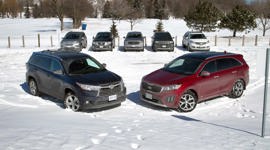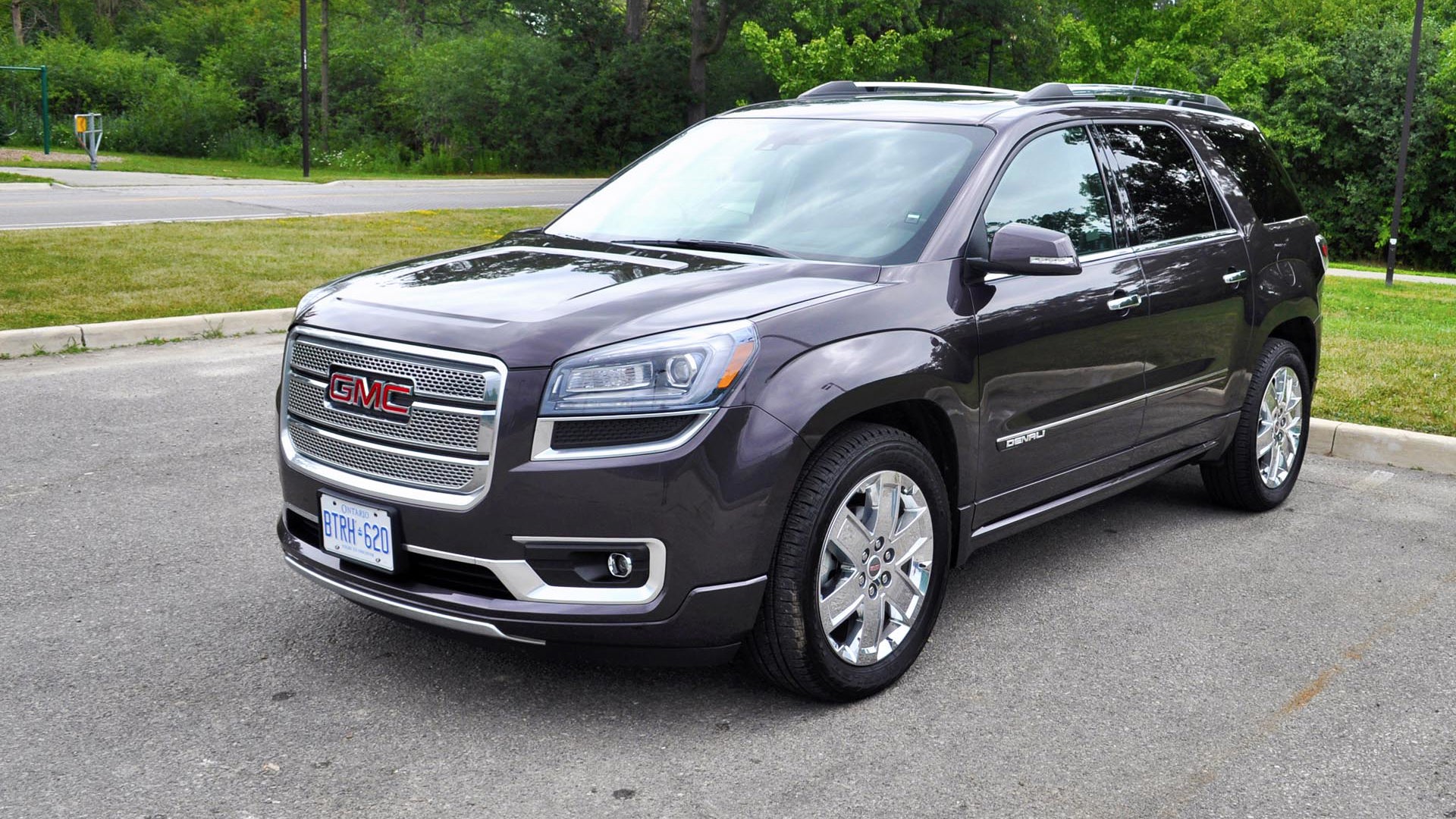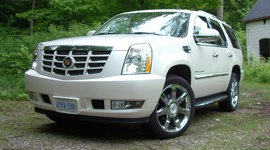Model
2013-2016 GM “Lambda” crossovers
Vehicle Type
Mid-size crossover
History/Description
With this guide we’ll cover three vehicles – specifically, the later-cycle versions of the Buick Enclave, GMC Acadia, and Chevrolet Traverse.
General Motors (GM) got its money’s worth from its “Lambda” platform, upon which all three of these machines were built. A set of corporate triplets, each model bears a unique look and features list, but everything else about them – from the underlying mechanicals to the electronics – is all but identical.
As such, the information offered below can be applied across all three models. Here we’ll focus specifically on model years 2013 to 2016, though a review of the earlier versions of these machines is also available for your reading pleasure.
From 2013 and onwards, the machines were updated with new content, electronics, safety gear, drivetrain tweaks, and more. Look for climate-controlled leather seating, premium audio, panoramic sunroof, power tailgate, built-in Wi-Fi, and more. Elsewhere, look for three available seating rows, plenty of space, plenty of flexibility, and decent ground clearance.
Engines
All units ran a version of GM’s 3.6L V6 engine, generating about 300 hp. An automatic transmission was included in all models, and all-wheel drive (AWD) was available or standard depending upon the model selected. The AWD system is fully automated and requires no driver input.
What Owners Like
Owners tend to appreciate easy-to-use tech and features, plenty of usable space, a generous cargo hold, and a solid and comfortable overall drive. Performance is typically rated as adequate or better from the V6 powerplant, and the upgraded stereo systems and large sunroofs are among feature-content favourites.
What Owners Dislike
Some owners wish for a little more excitement from the styling inside and out, pointing to competitors that offer more striking looks. Other owners wish for more third-row legroom, noting that those seats are best left to the smallest passengers you’ve got. Here’s a look at some owner reviews.
Pro Tip: Don’t Forget About Your Passengers
Remember the rear seats. On your test drive, be sure to spend some time in the second- and third-row seats, confirming that all folding and sliding mechanisms work as expected, that rear-seat climate and entertainment controls are in proper working order, and that the rear windows, locks, latches, and handles operate properly.
The Test Drive
Under the Hood
Earlier problems with the V6 engine used across these machines seem to have been addressed by the time the 2013 model rolled around, and some repeat owners say that upgrading from an earlier unit to a 2013 or newer model has resulted in fewer gripes and issues. Earlier versions of this engine have been plagued by oil consumption and timing system problems, and even engine failure.
The updated versions of the motor seem to be much more solid, though remember that timely maintenance is key to long and healthy engine life, as well as to maintaining any remaining warranty coverage.
Power Liftgate
Some models with a power liftgate may put owners at risk of a sudden failure of an internal mechanism, which could allow the tailgate to rapidly fall into its closed position without warning, possibly with someone standing beneath it. Here’s some more information. Note that some owners have been contacted by dealers to have the affected parts replaced or repaired.
On your test drive, open and close the power tailgate several times, noting any signs of straining, struggling, or a sudden reversal in direction. Next, open the tailgate, and apply moderate downwards force with your hand, being careful not to stand beneath it. If the tailgate slams down and closes in this situation, contact a dealer to obtain information about repairing the tailgate system before you buy.
Running Rough
The powertrain in the vehicle you’re test-driving should be smooth, relatively seamless, and offer strong and consistent performance across the rev range, complete with slick shifting from the transmission.
Signs of engine struggling, roughness, a sporadic idle, or hard/clumsy shifts are signs of potential trouble. A healthy driveline does not exhibit problems like these. If detected, issues like these are typically remedied easily with installation of one or more computer system software updates in a dealer setting. Have the vehicle inspected before you buy – especially if these symptoms are apparent alongside a check-engine light (CEL).
Air Conditioner
Some owners have reported problems with the air conditioner in their vehicles, up to and including non-functionality. Test the HVAC system on your test drive, ensuring that it quickly and continually delivers cool air to each selected vent. Sporadic performance or non-operation – possibly accompanied by a blinking light on the control dial – are signs of trouble.
Some owners say that one of the lines for the air conditioning system may be able to contact the vehicle’s power steering hose, wearing it down or even rupturing it over time. This issue will be easy for a technician to spot on a pre-purchase inspection (PPI).
Other Checks
Test-drivers are also advised to confirm proper operation of all advanced safety systems, including the OnStar system, before agreeing to buy. Non-functionality or warning messages relating to high-tech systems like these should be addressed by a qualified professional before you buy. Do not attempt to fix electronic issues by disconnecting the vehicle’s battery.
Check the vehicle’s carpeting for signs of moisture and sogginess, pulling floor mats and moving seating around to ensure you’re able to test all carpeted surfaces. Unwanted wetness could be a sign of a problem with a sunroof-related leak, which will typically require professional attention.
Recalls
Shoppers should also work with a dealer to determine which, if any, safety recall work is outstanding on the model they’re considering. Note that some units were recalled to fix one or more latent safety defects, and others were not. Recall work is carried out free of charge by dealers. You can look up any relevant recalls for the model you’re considering here.
The Verdict
The list above covers some of the most commonly discussed issues a potential owner should be on the lookout for before they buy. Owners have reported other problems as well, usually without enough frequency against total sales volumes to warrant much concern.
The key to finding a top-notch used example is to have a dealer technician inspect the model you’re considering before you buy. This affordable inspection can reveal numerous issues that could cost you far more money in the long-term.
Safety Ratings
NHTSA: 5/5 Stars (2013 Buick Enclave)
IIHS: Top Safety Pick (2013 Buick Enclave)
